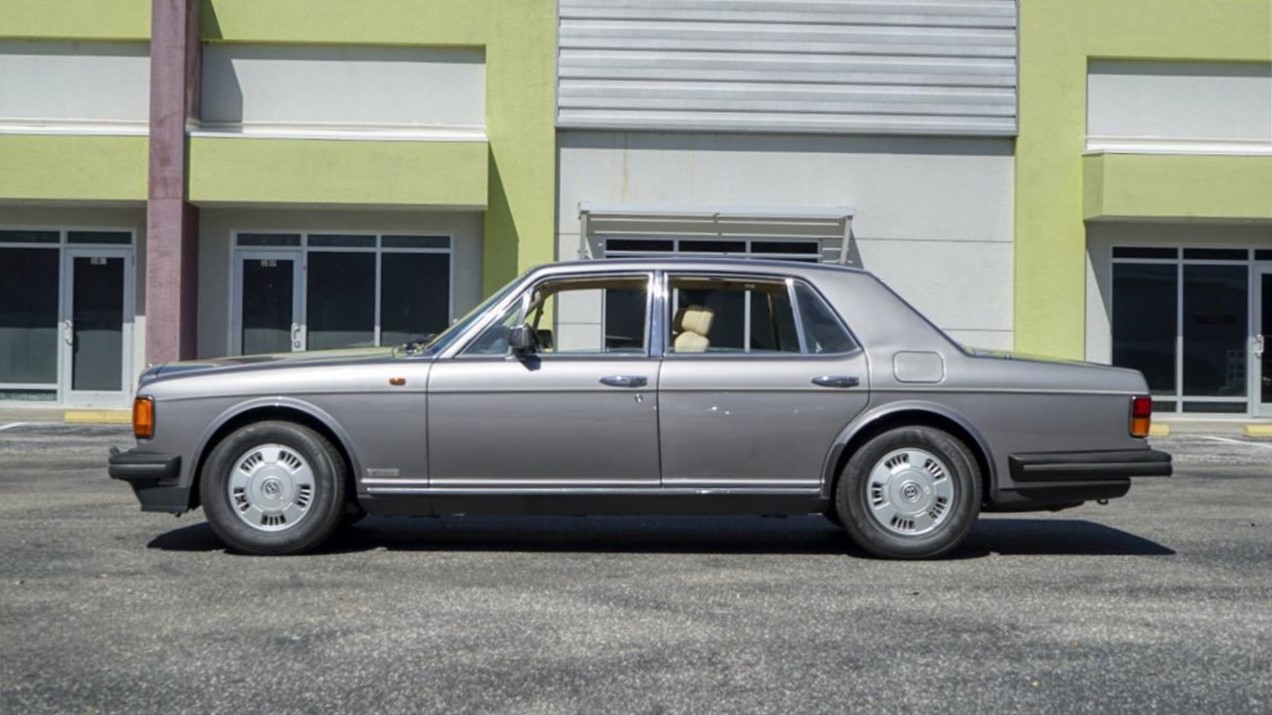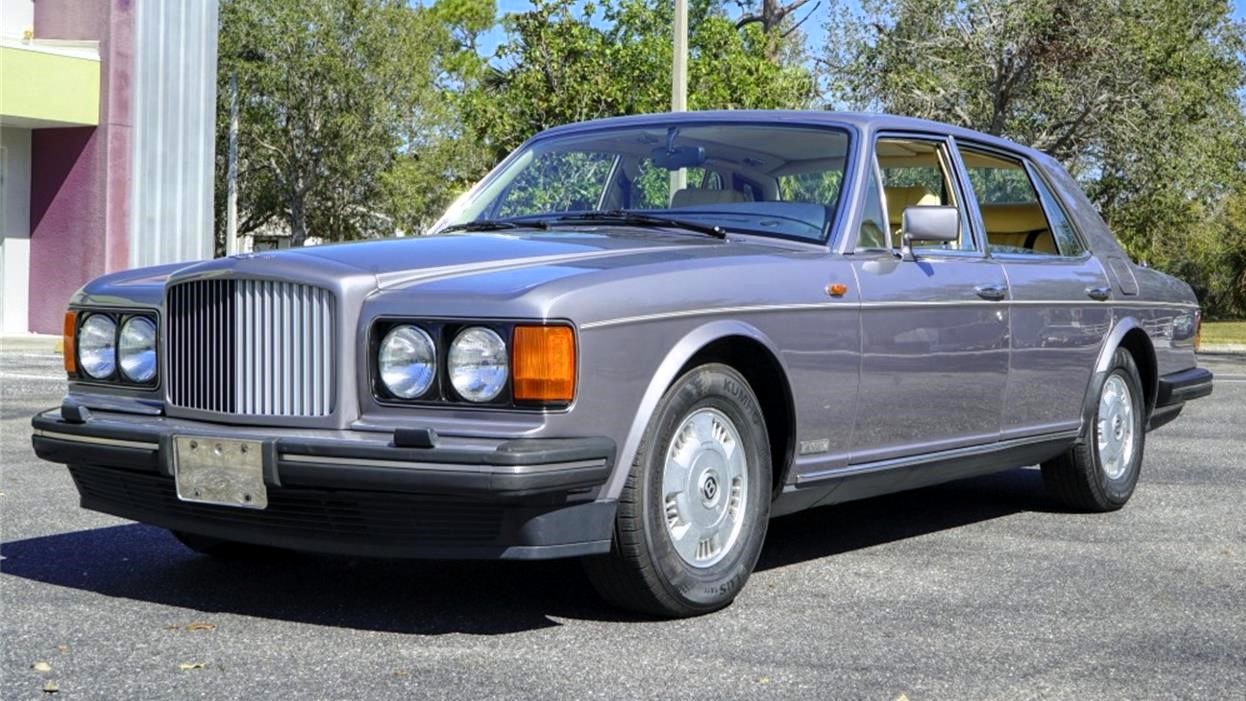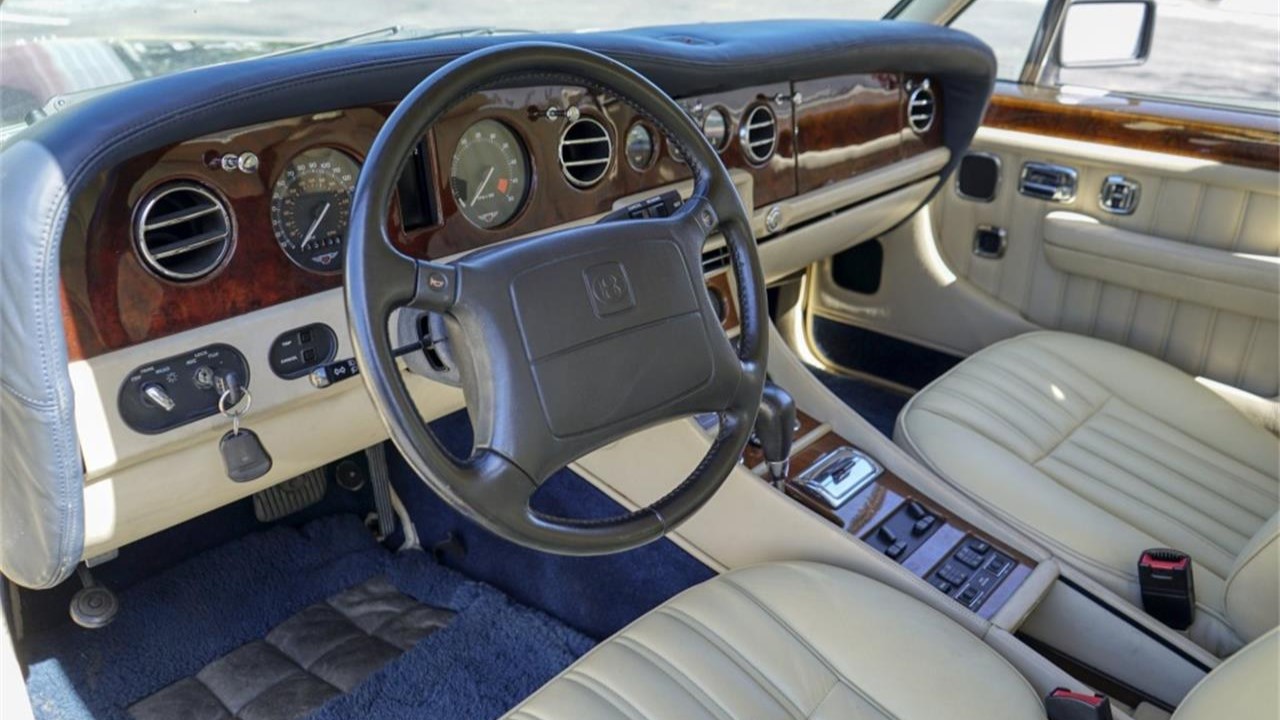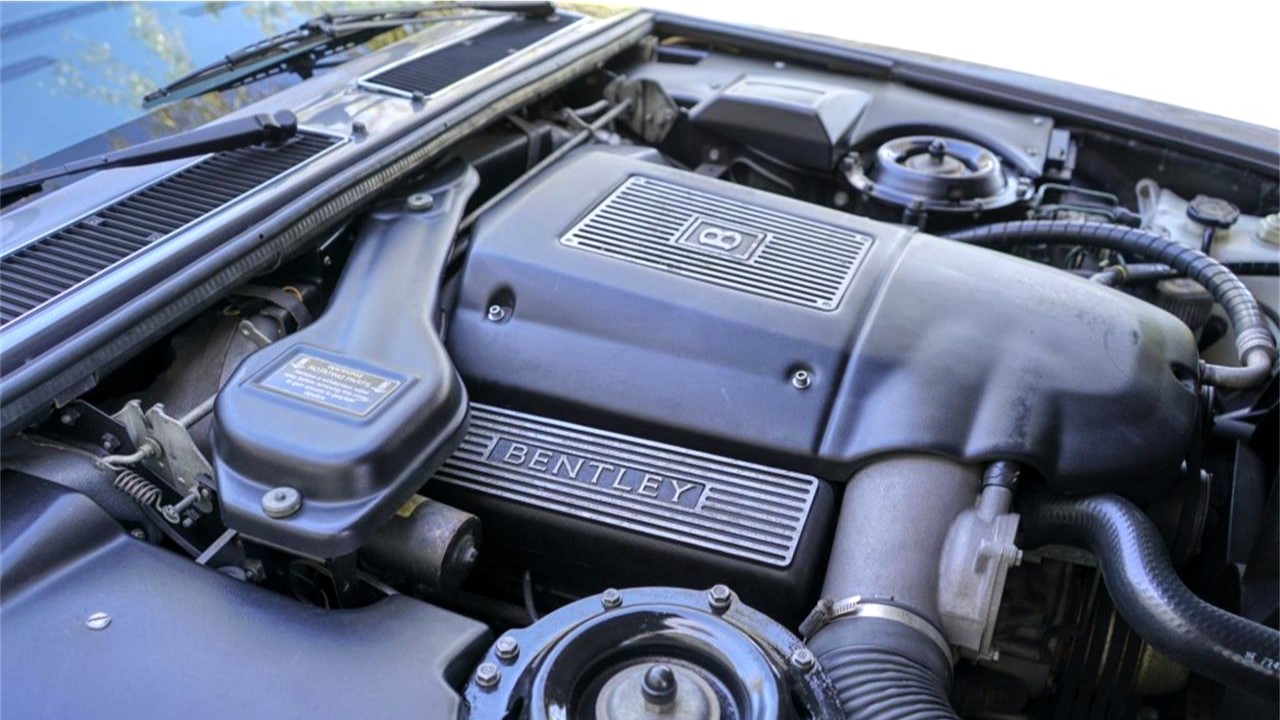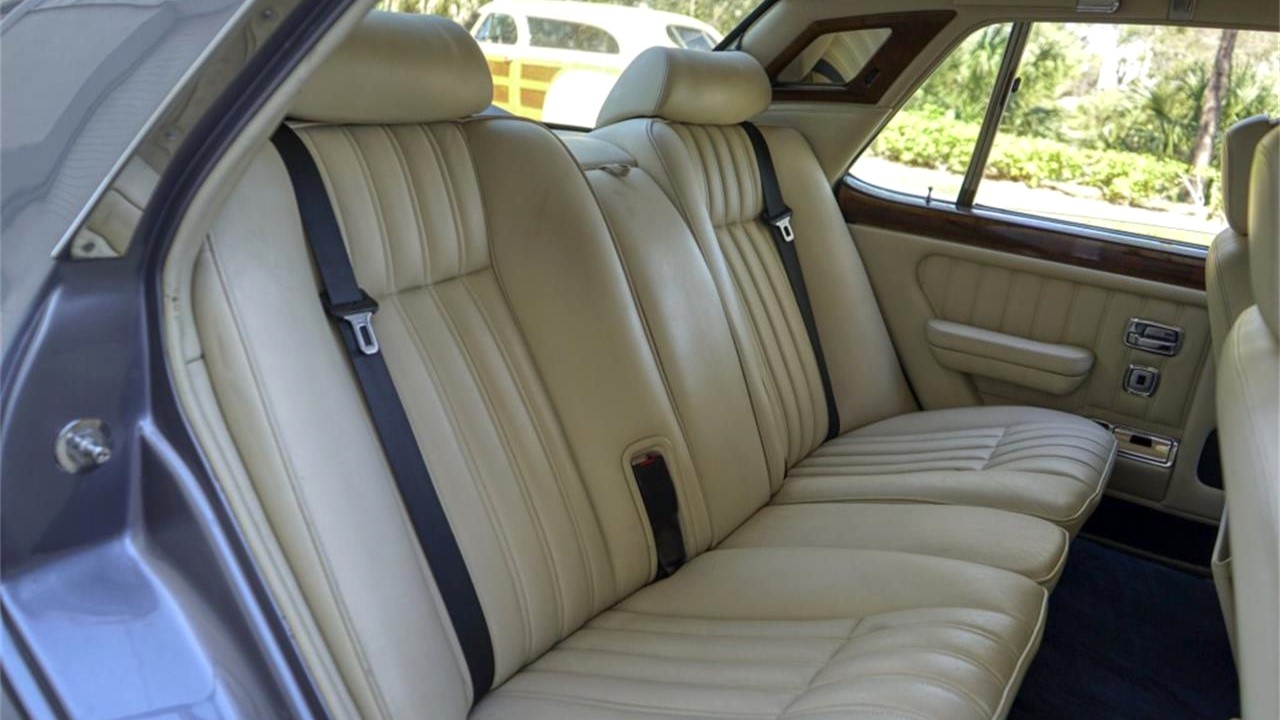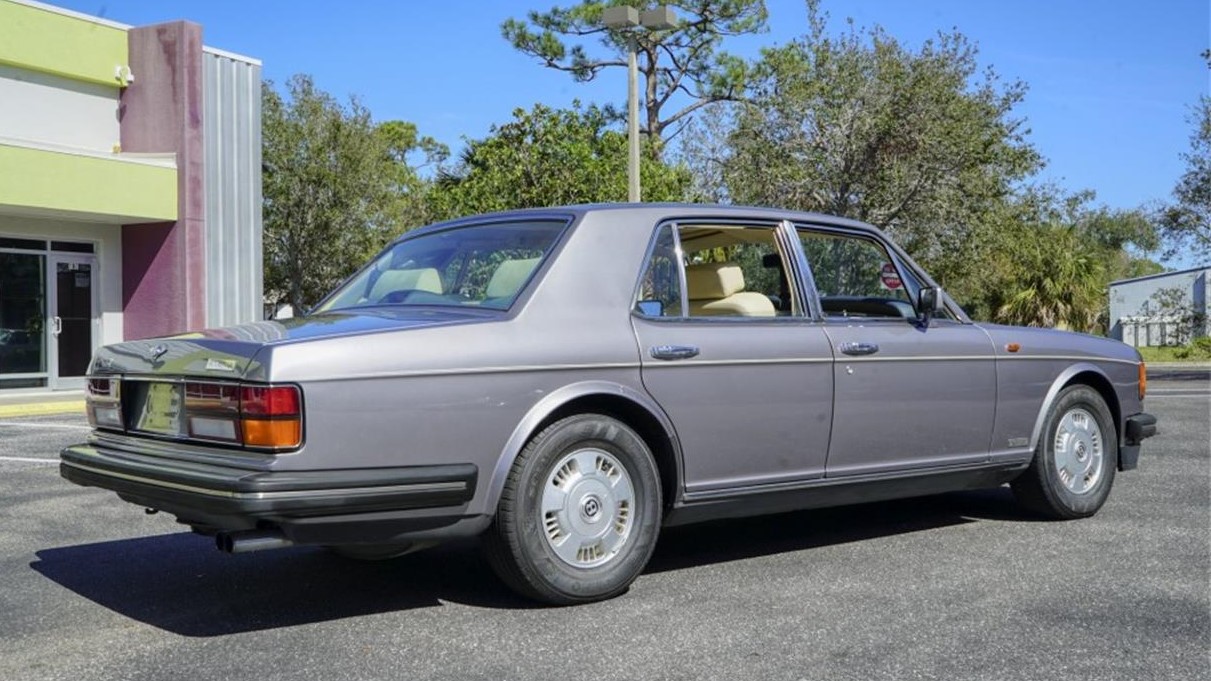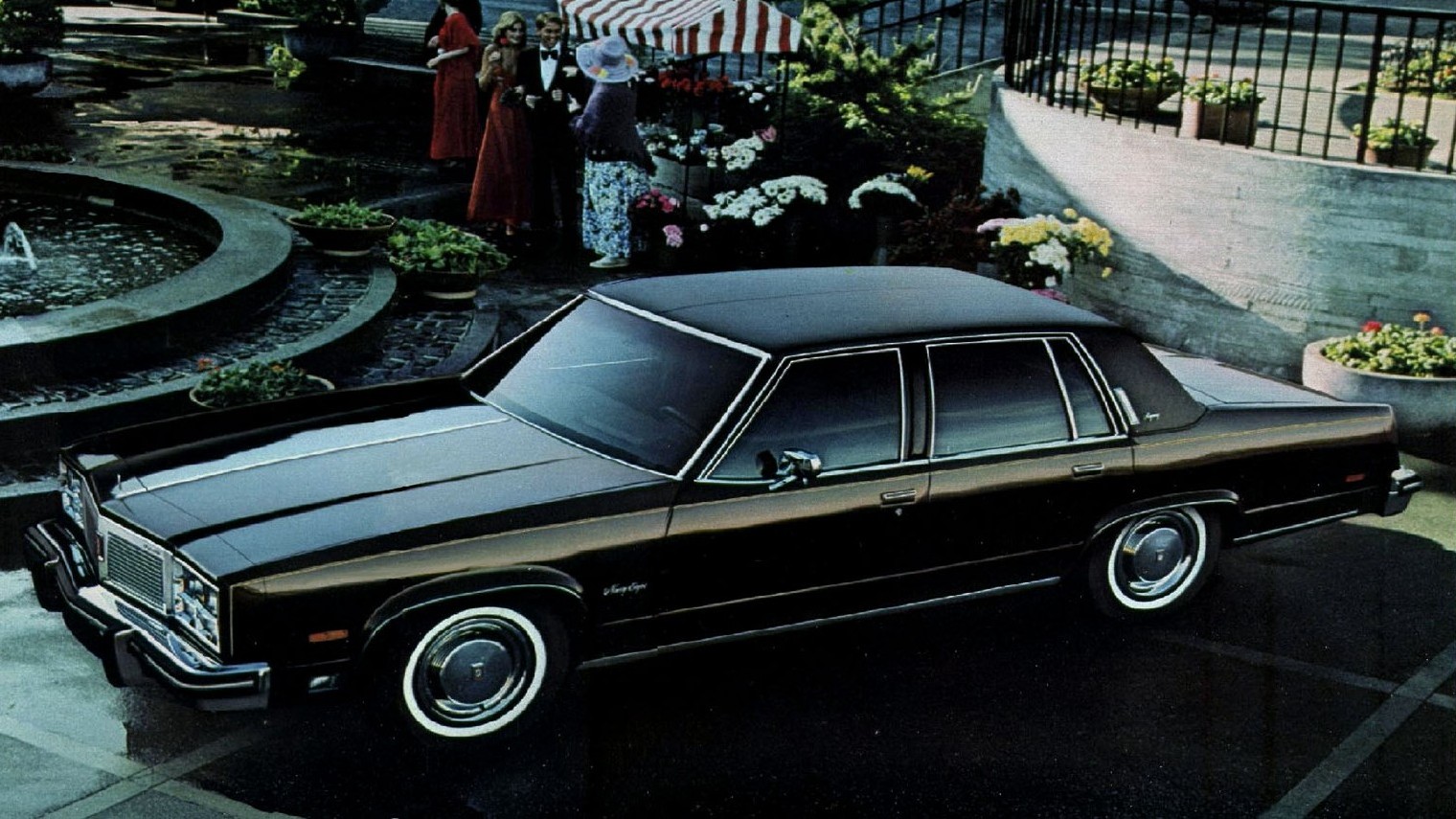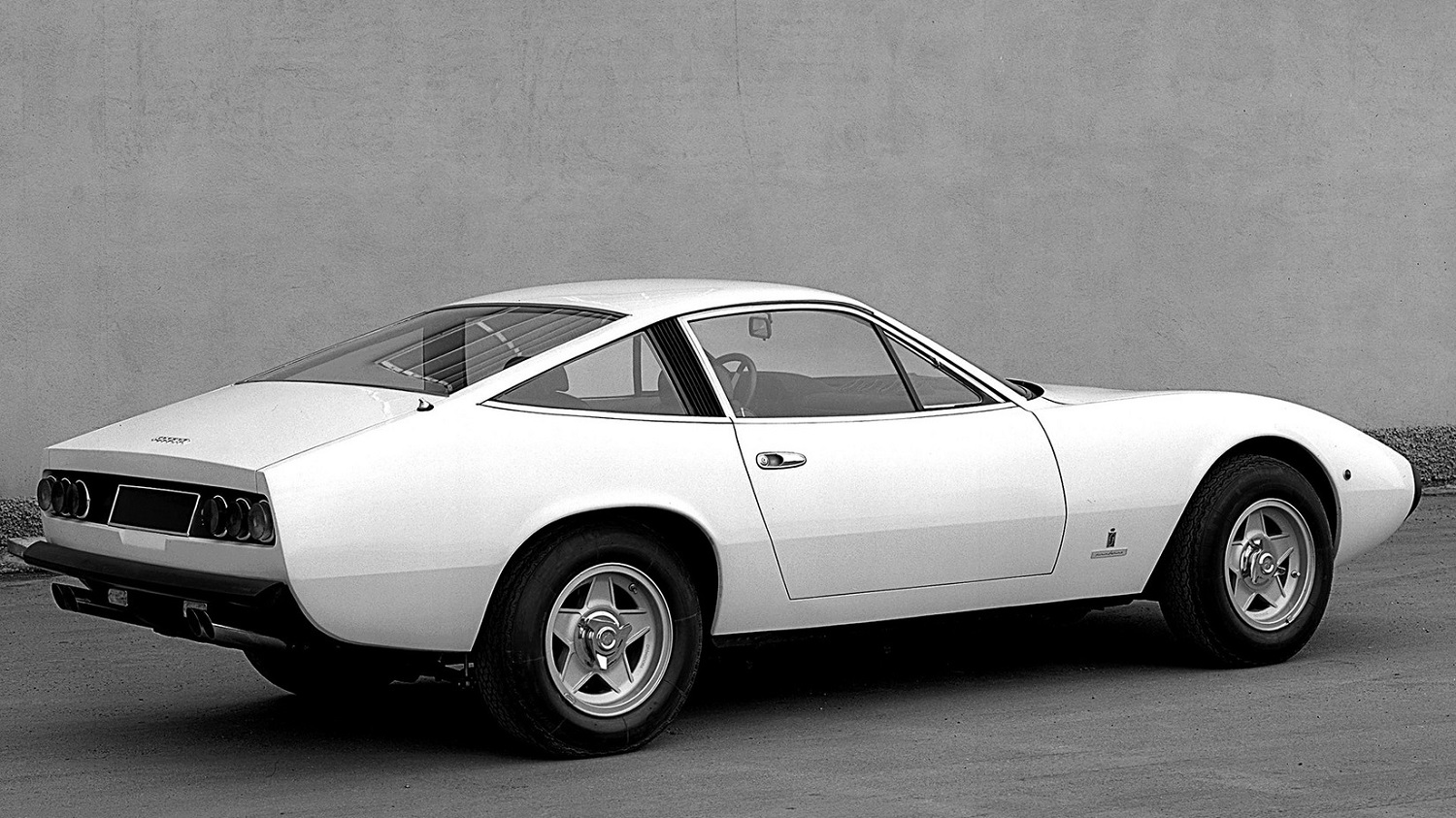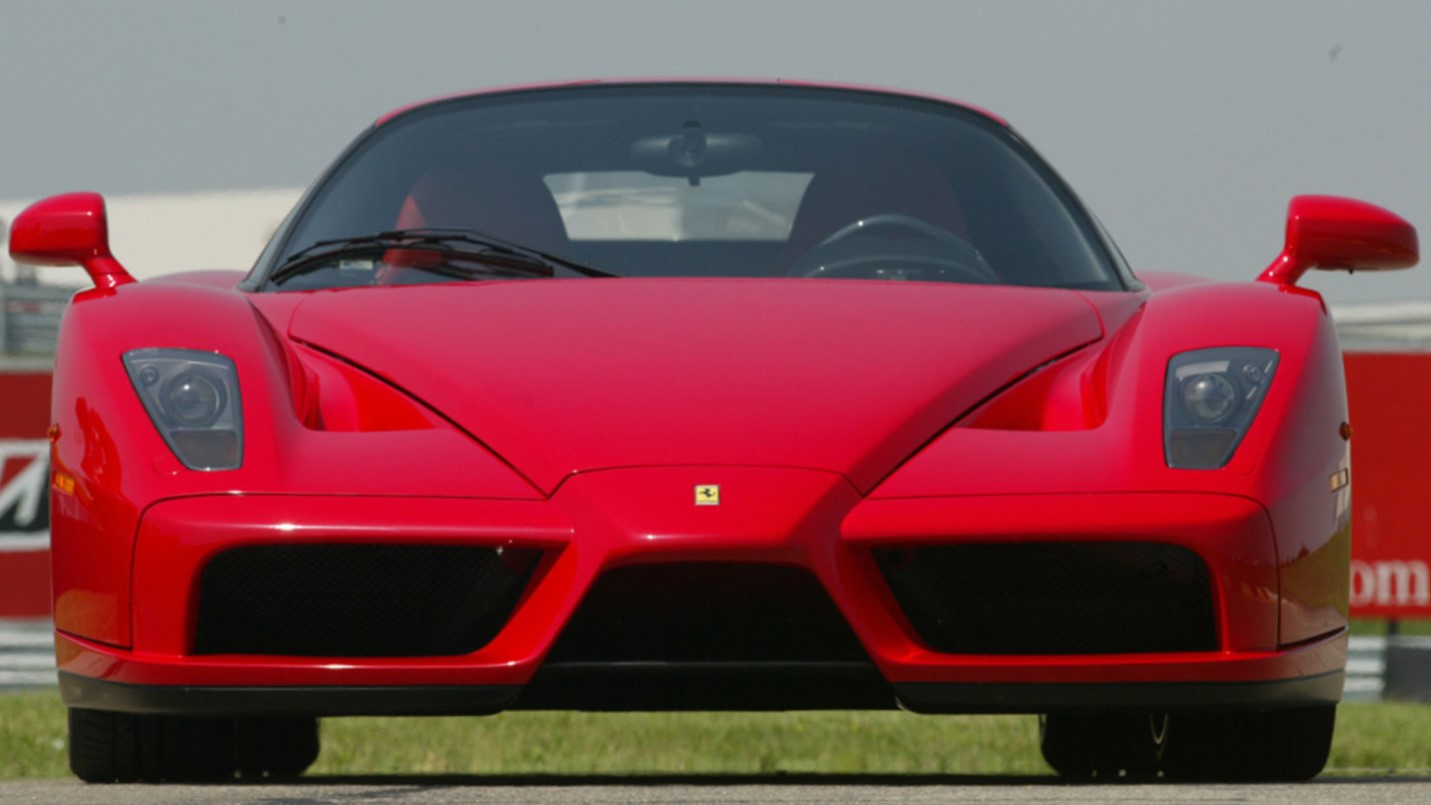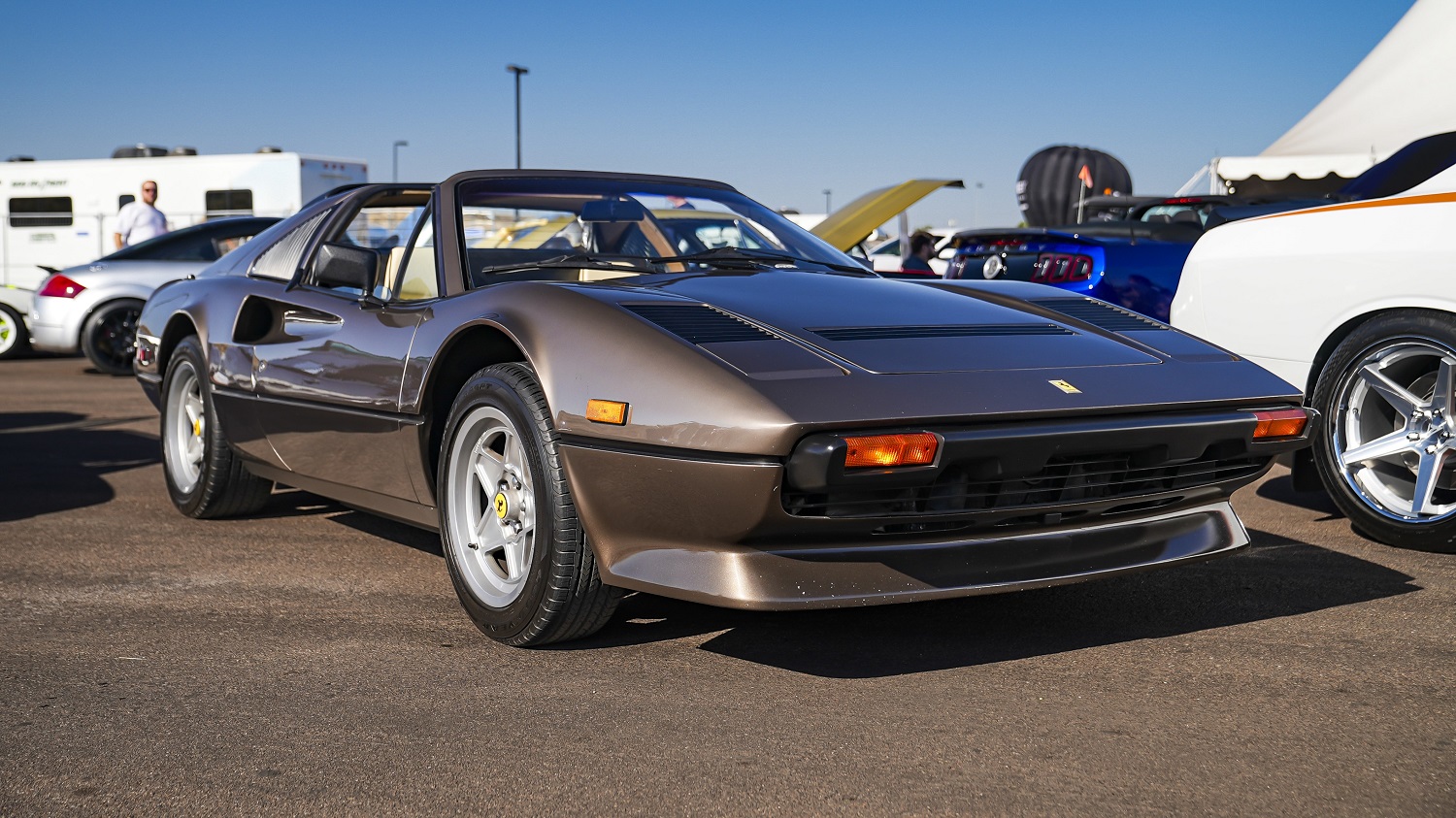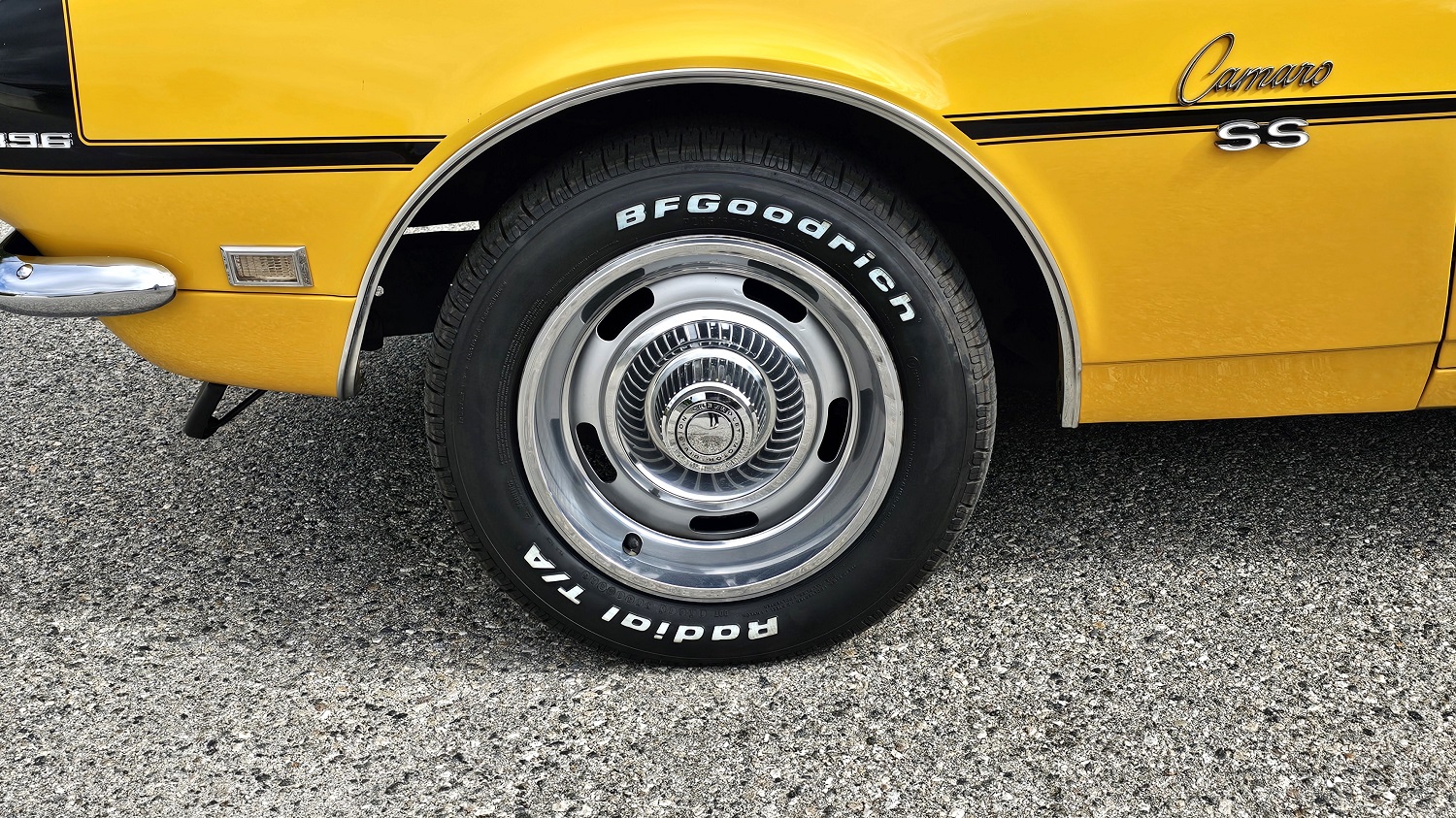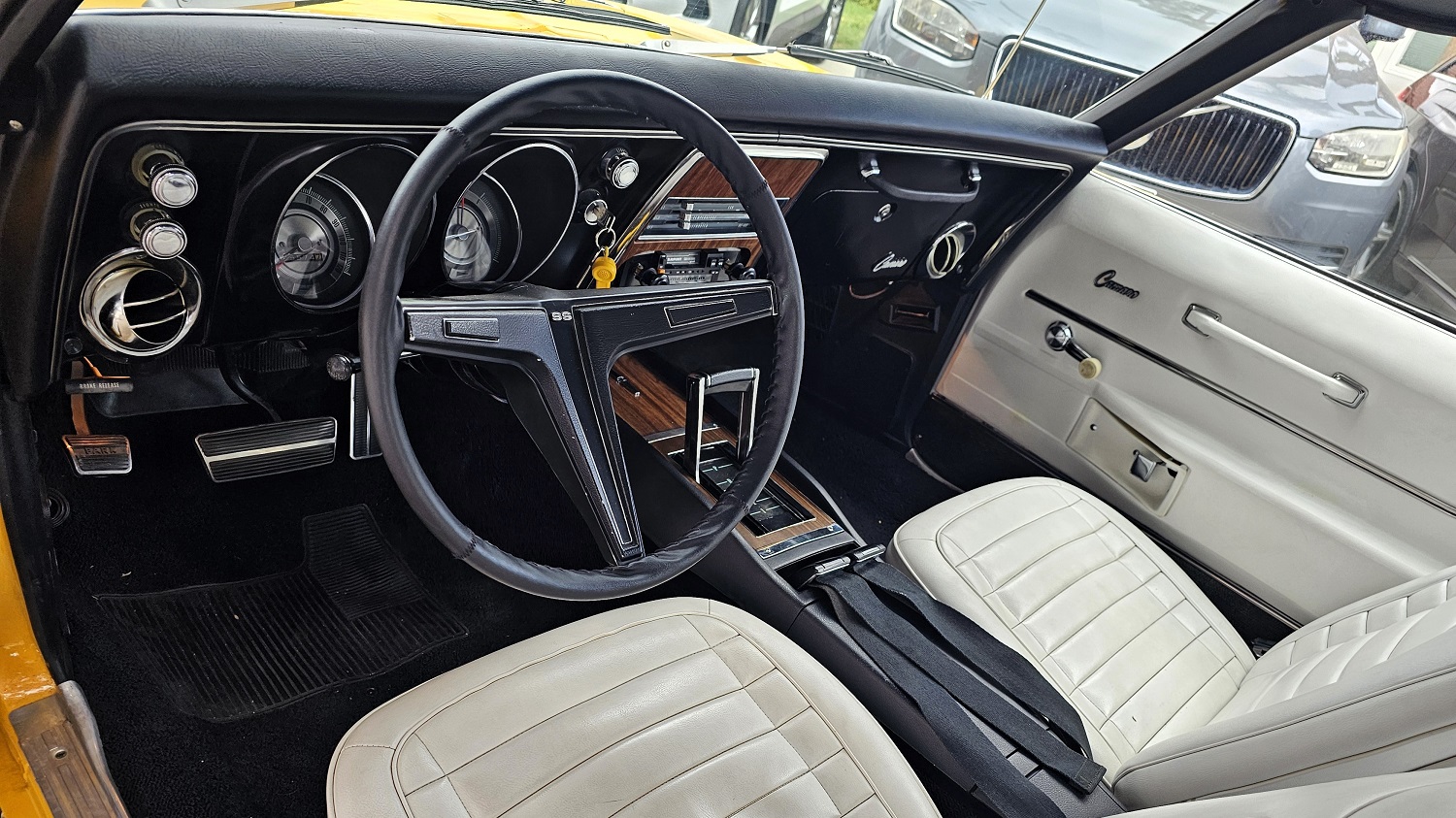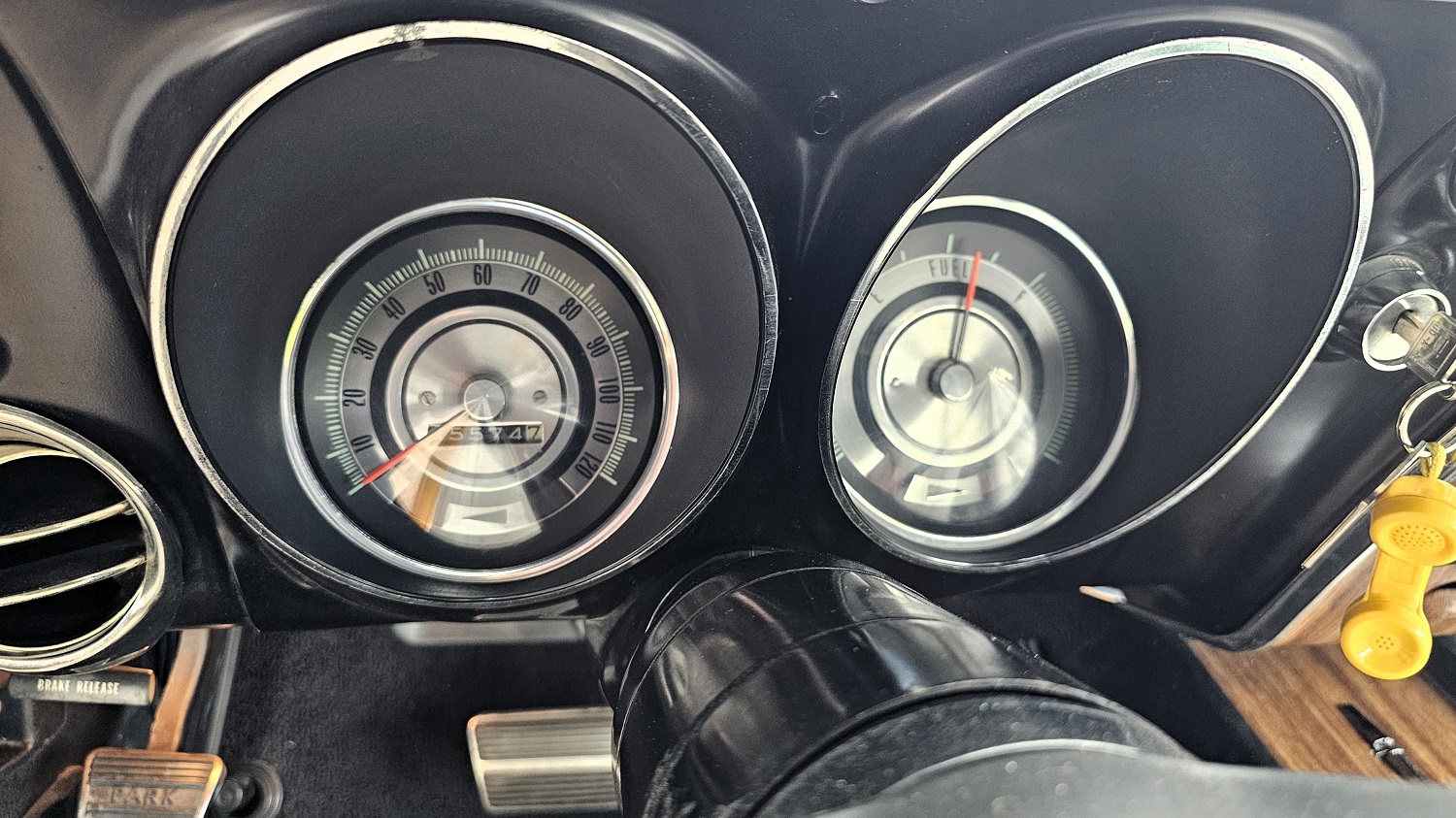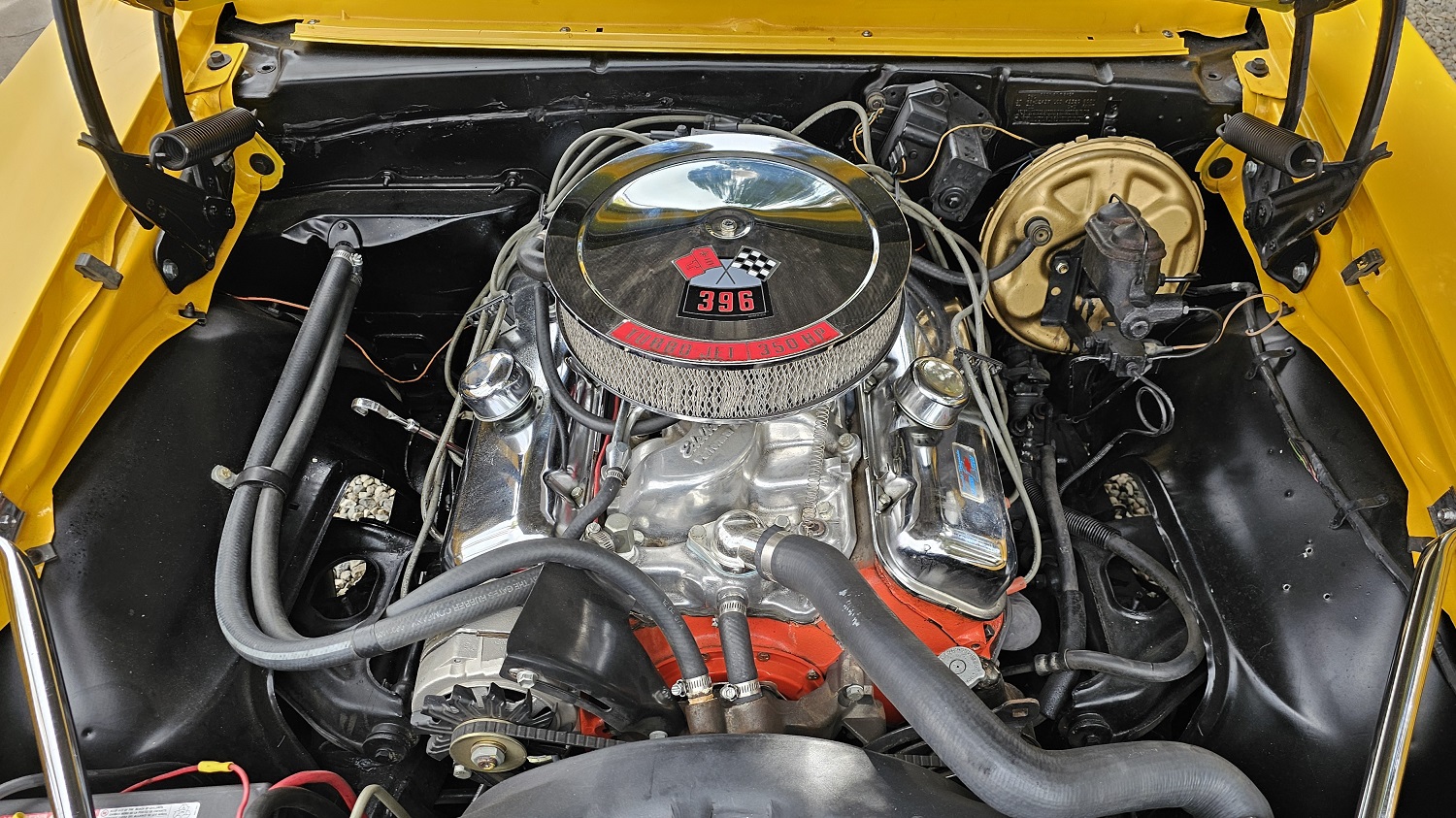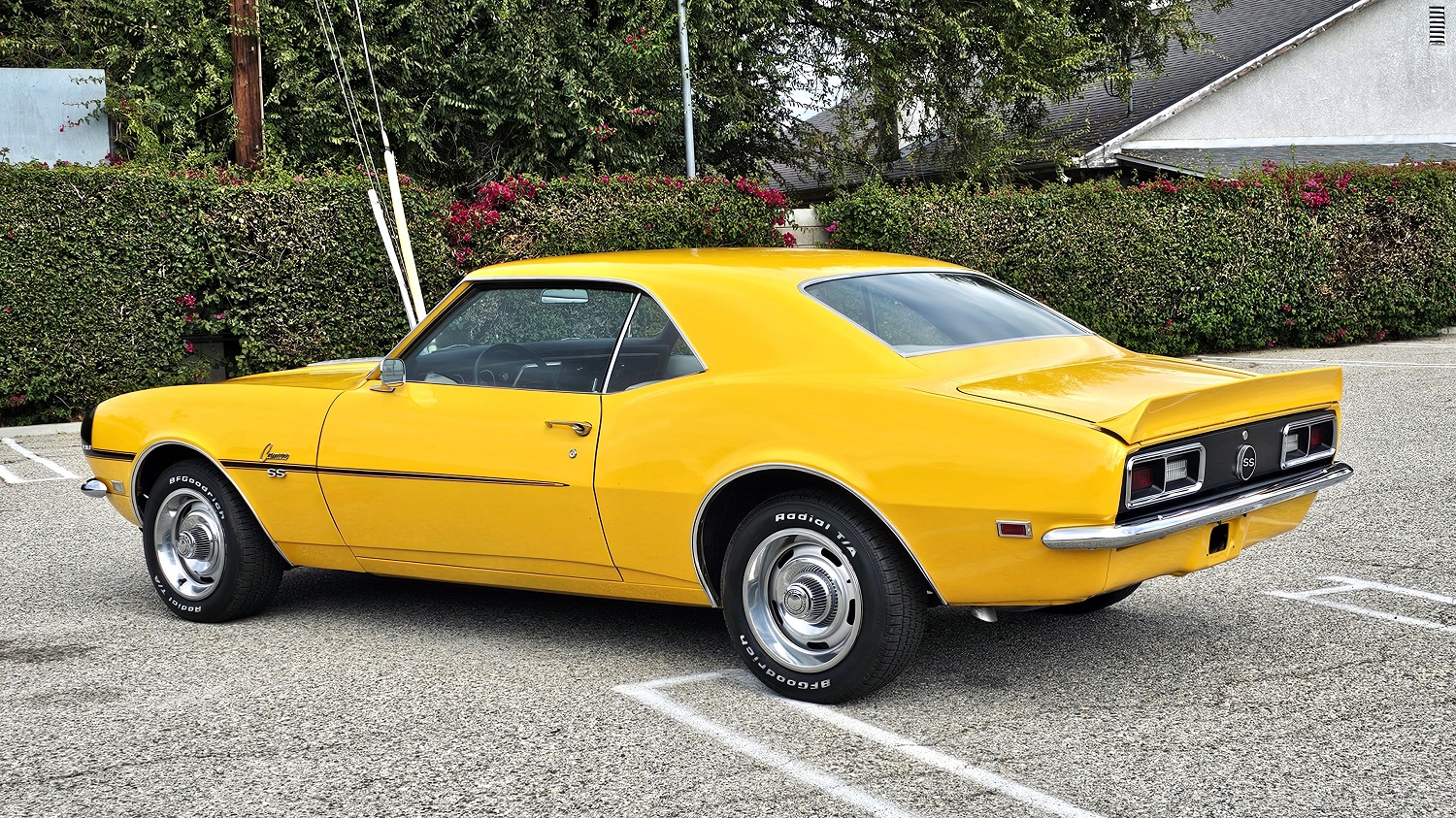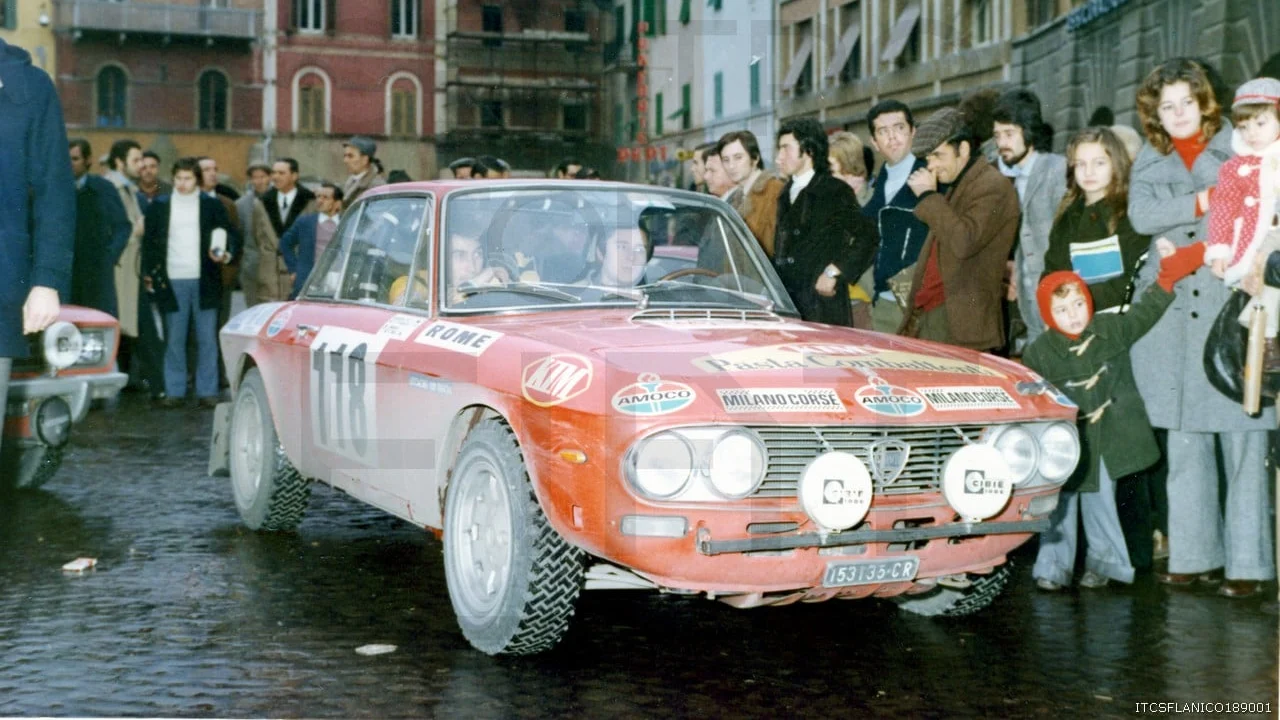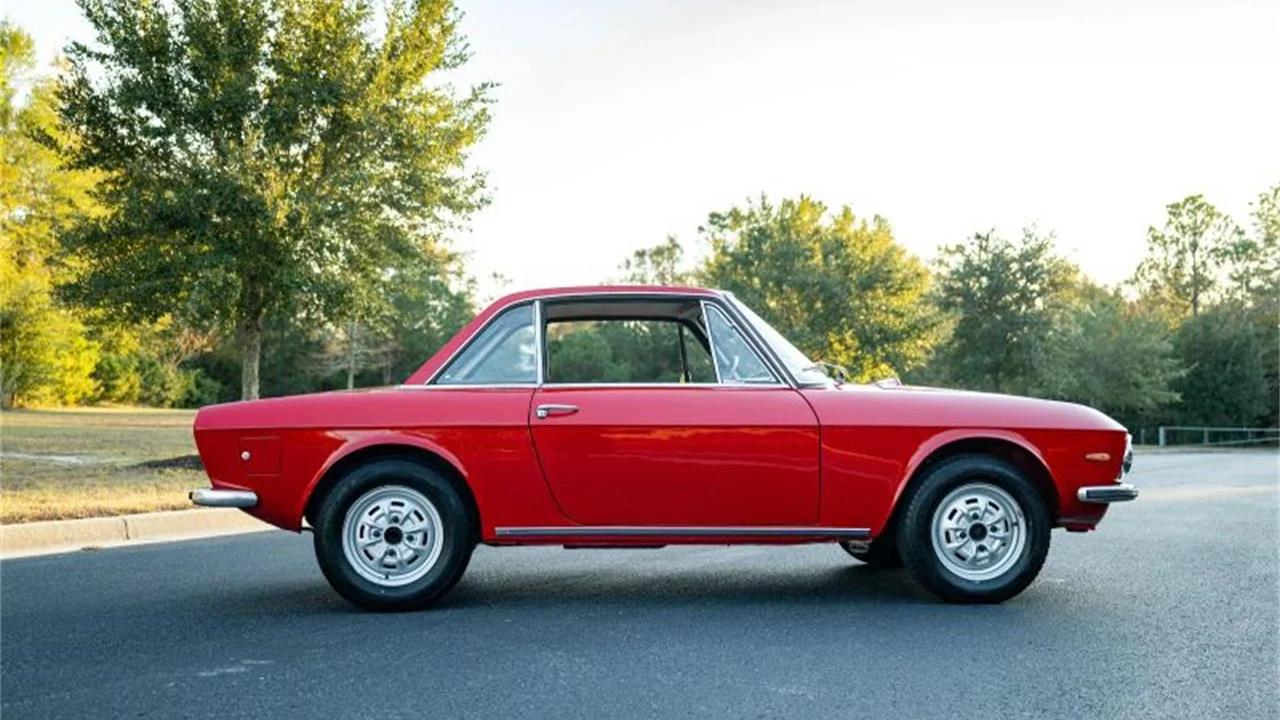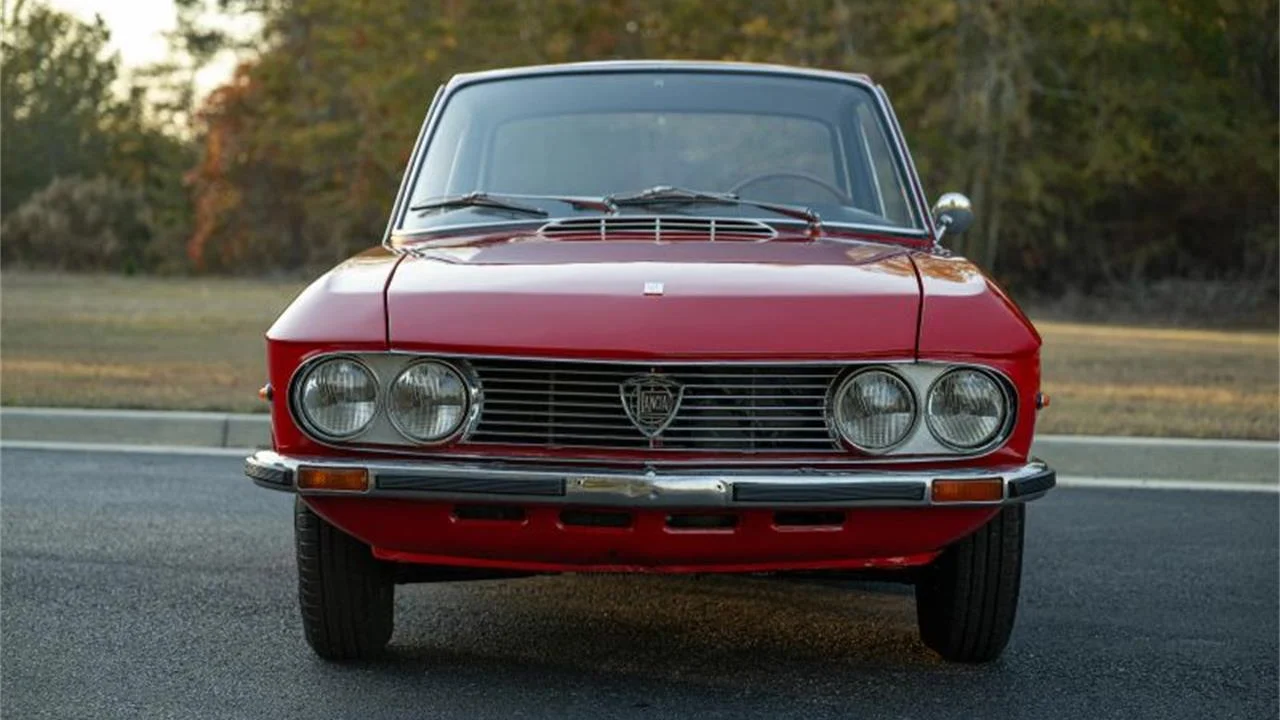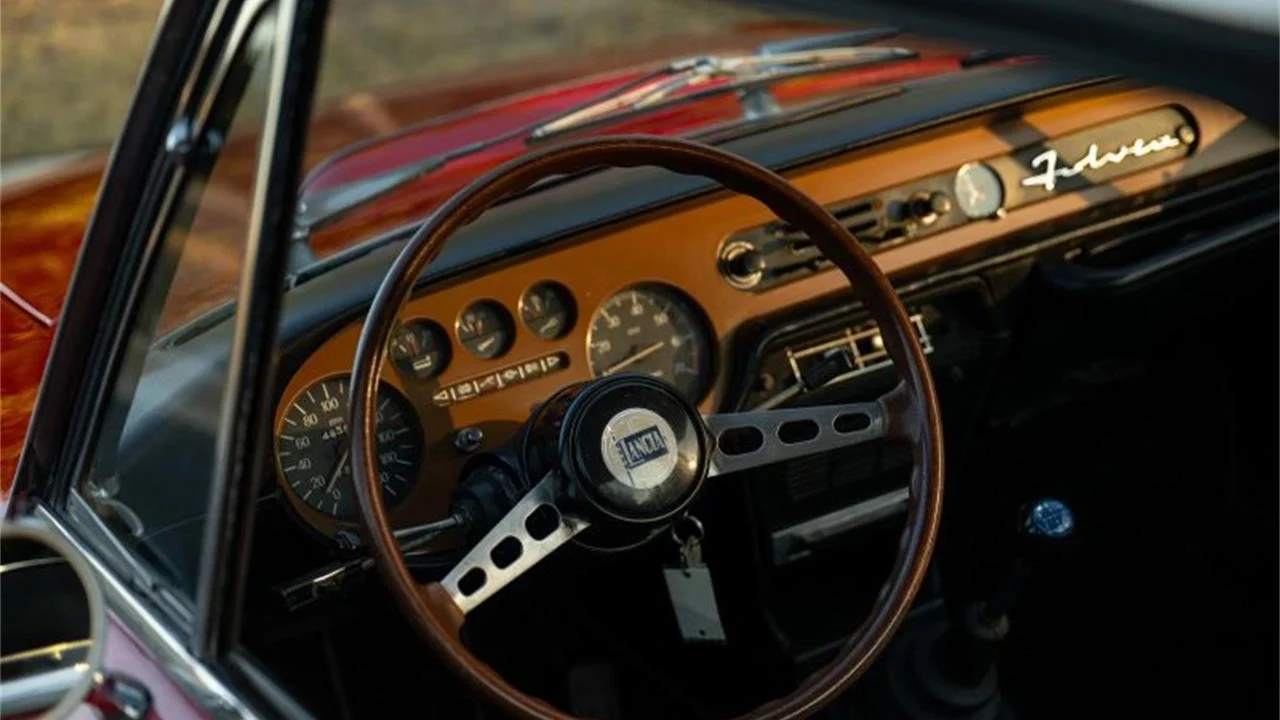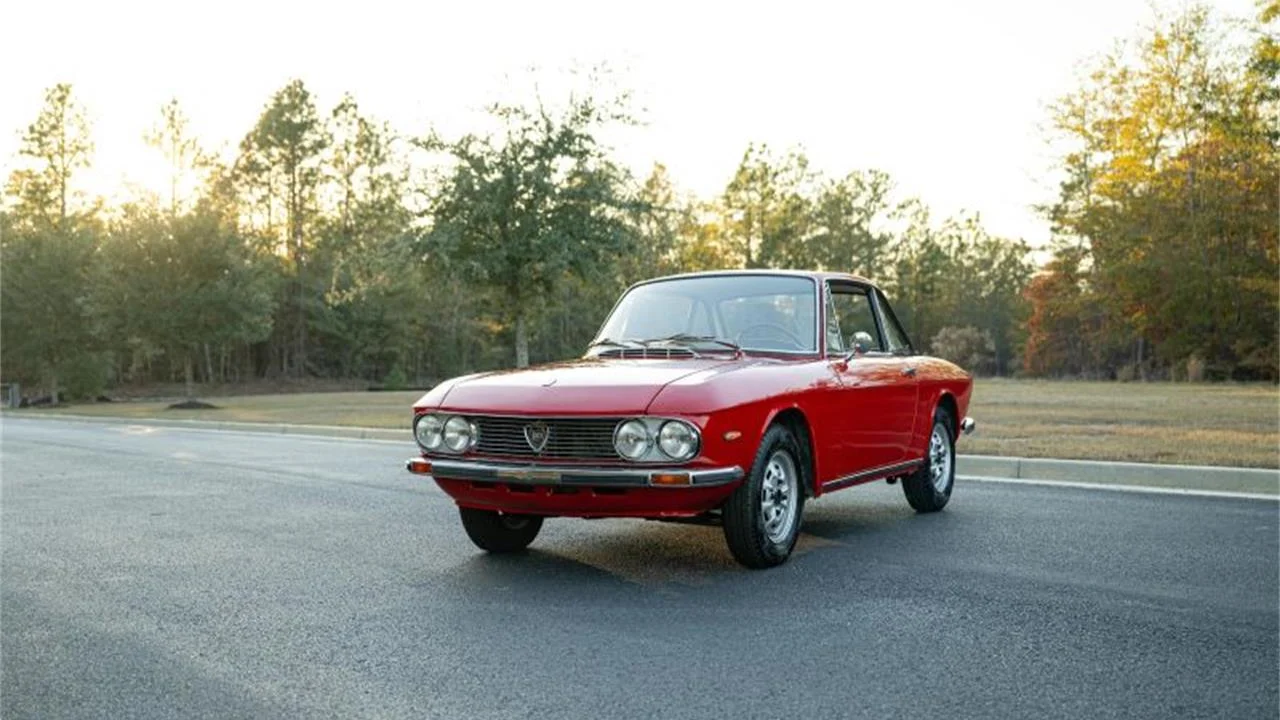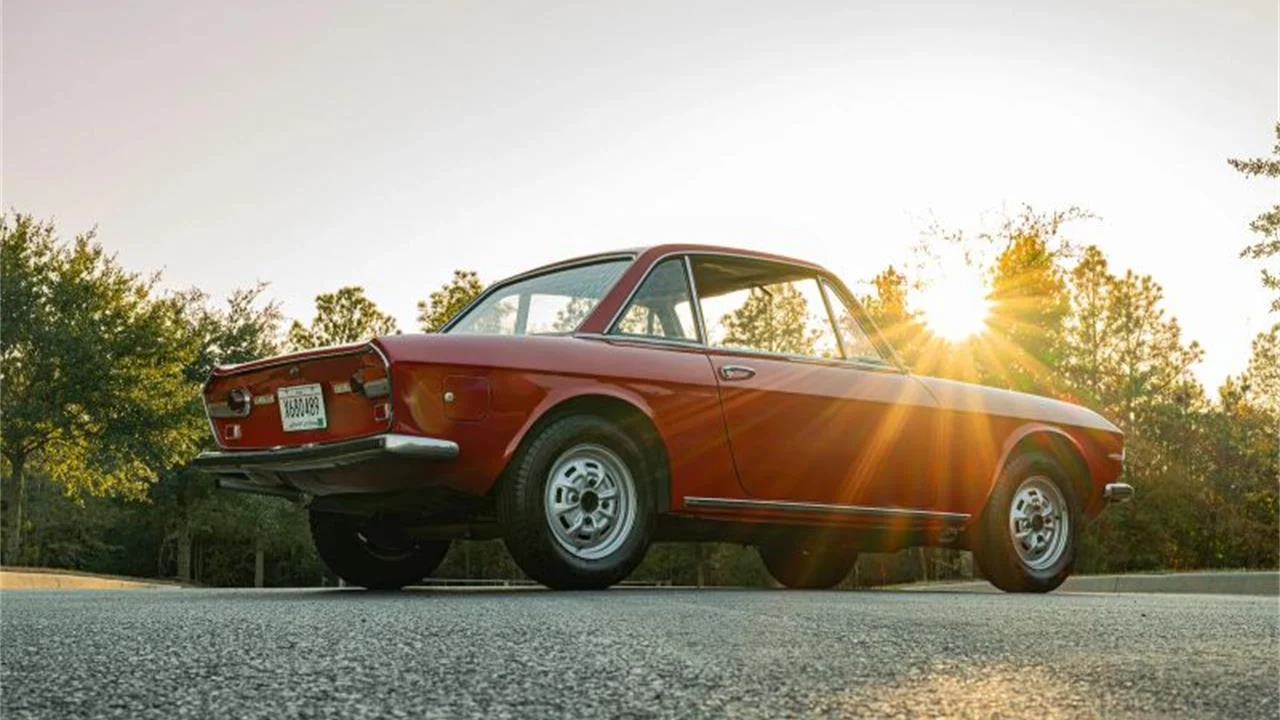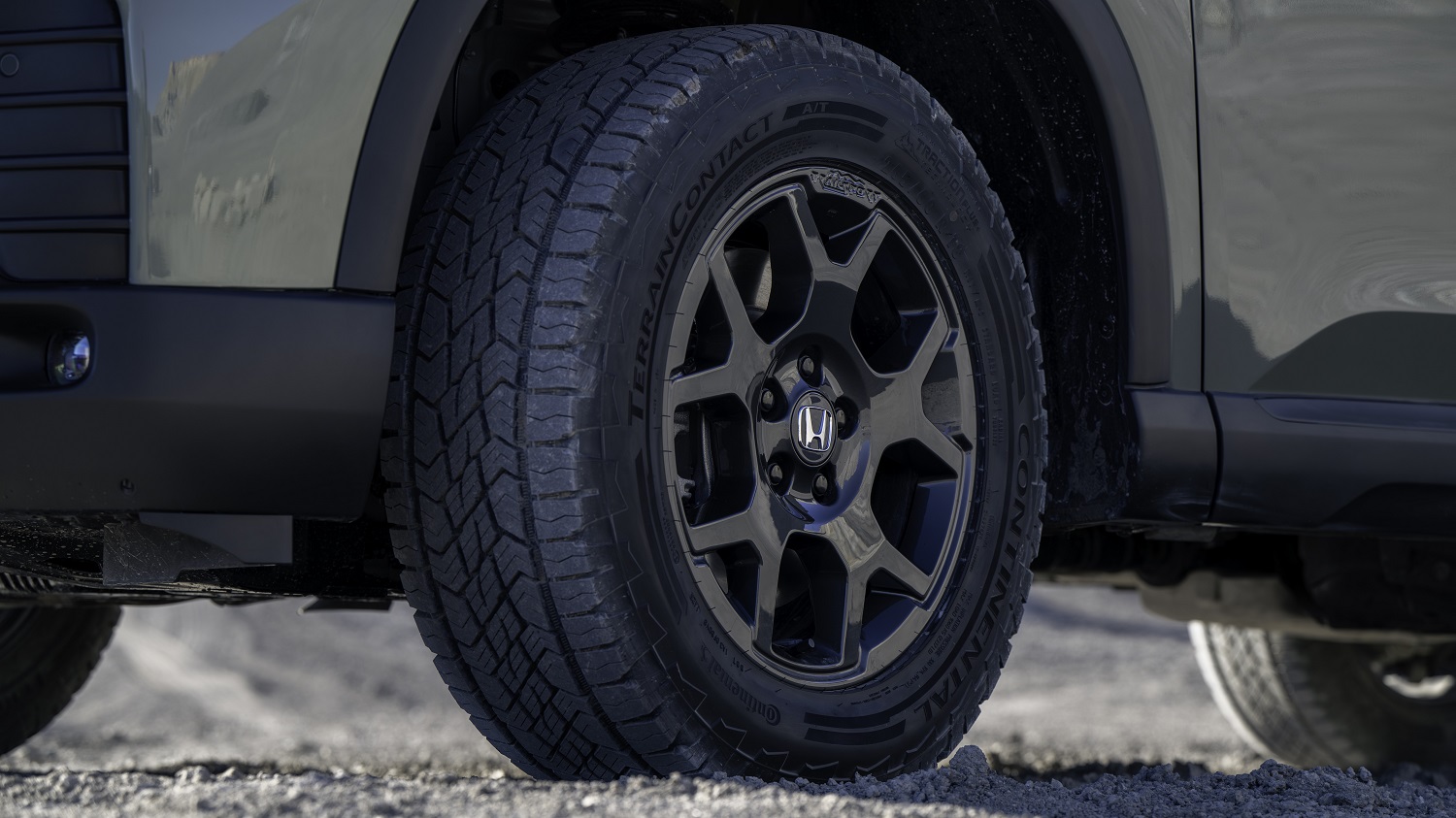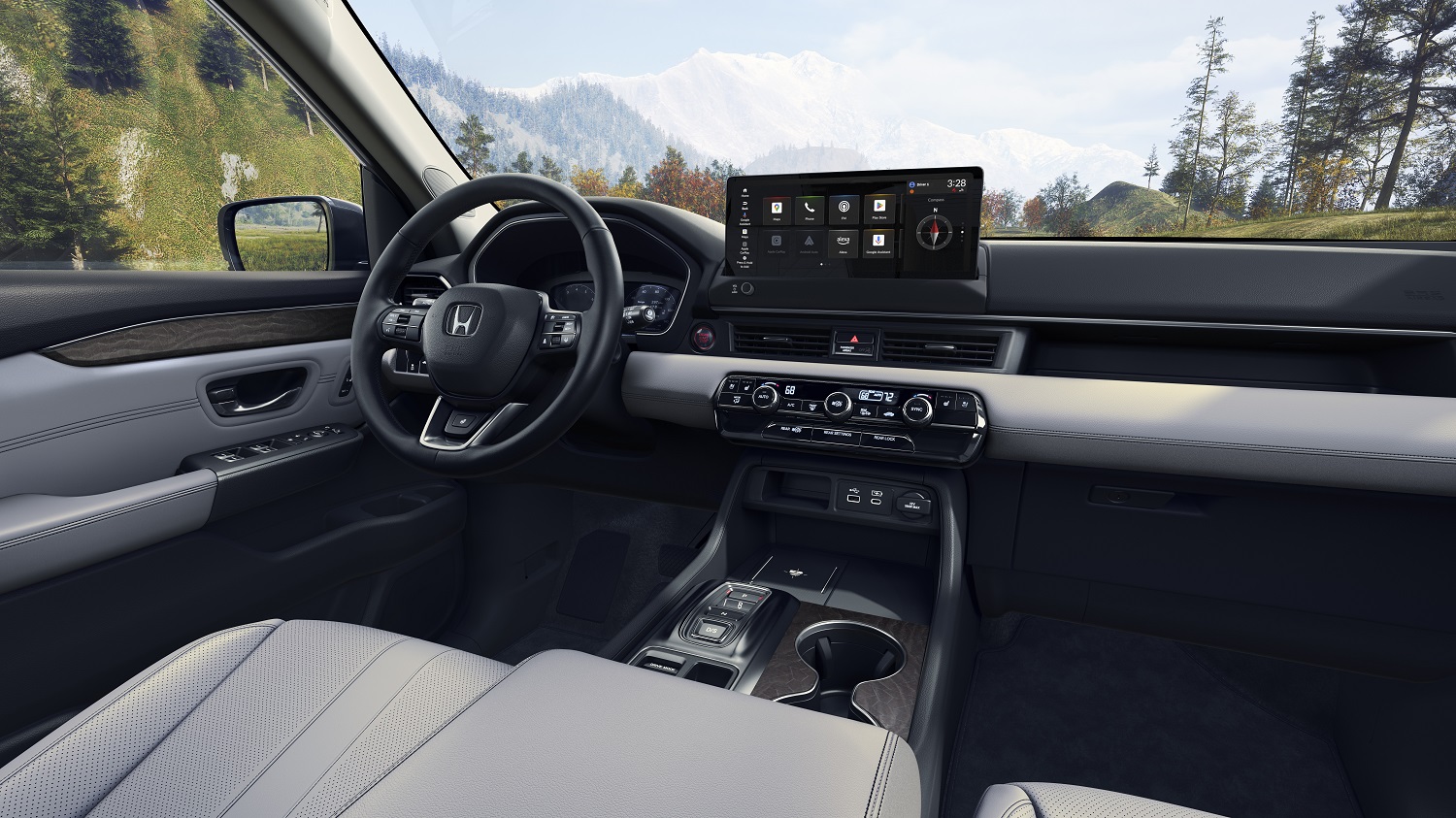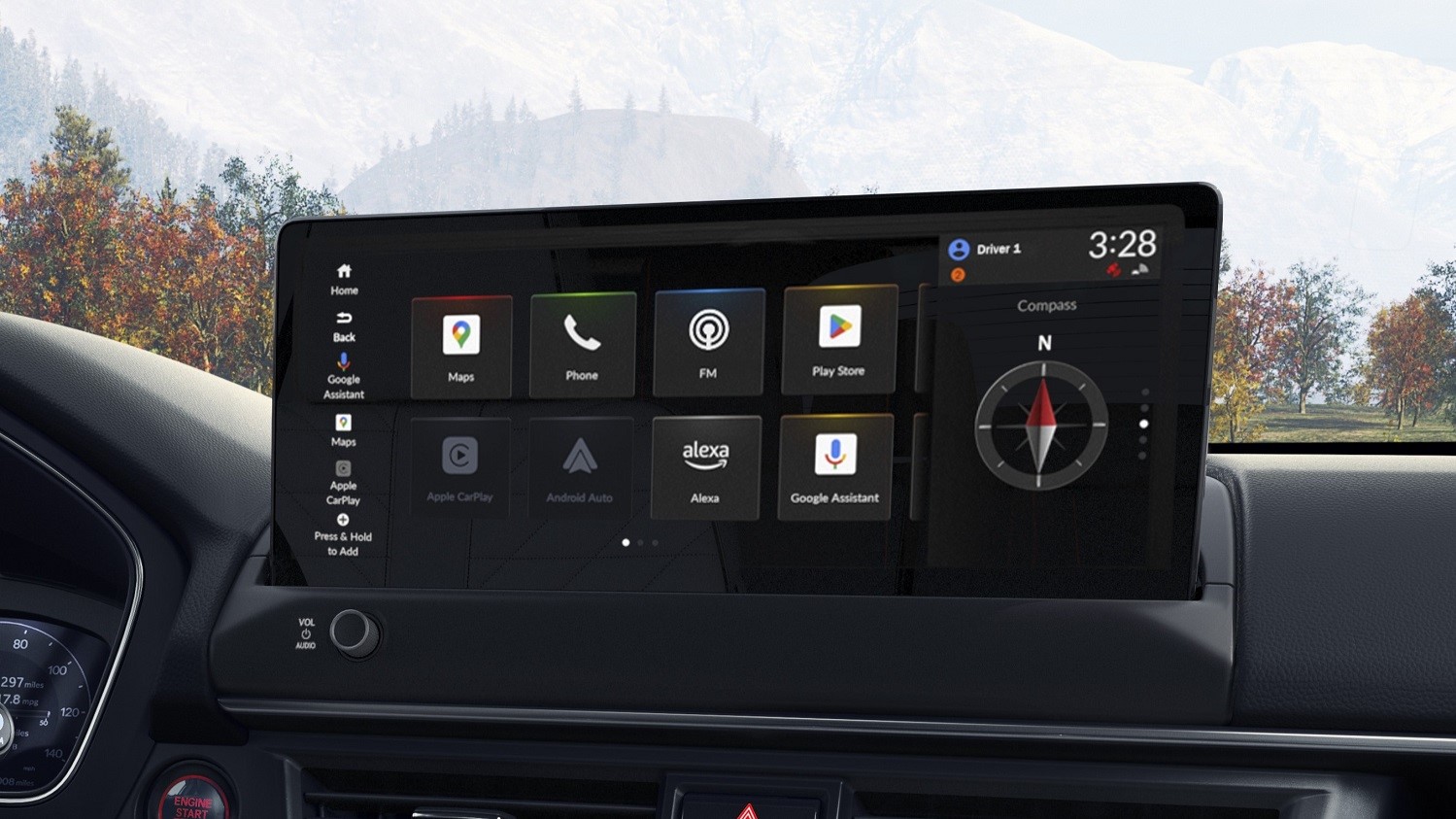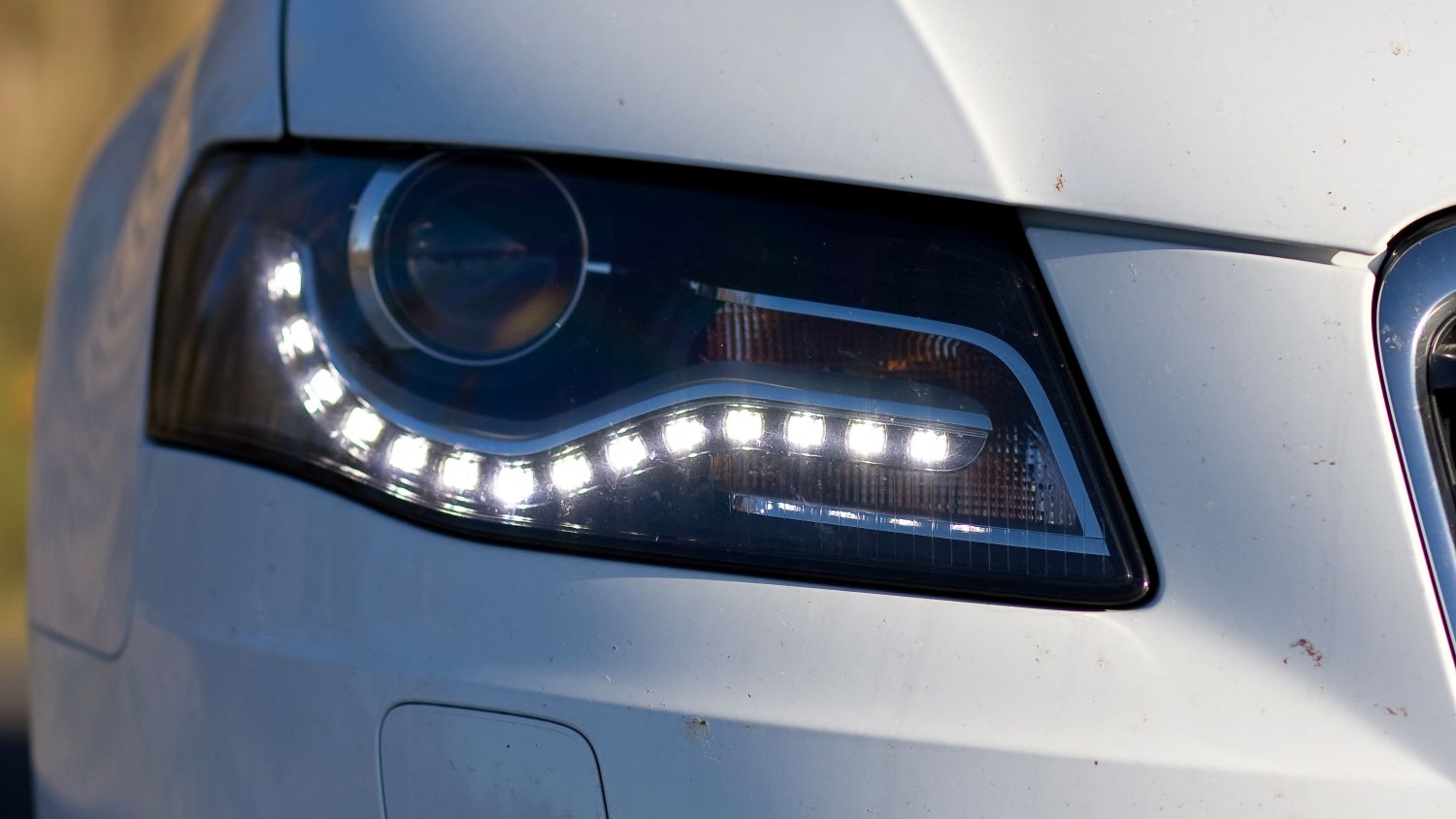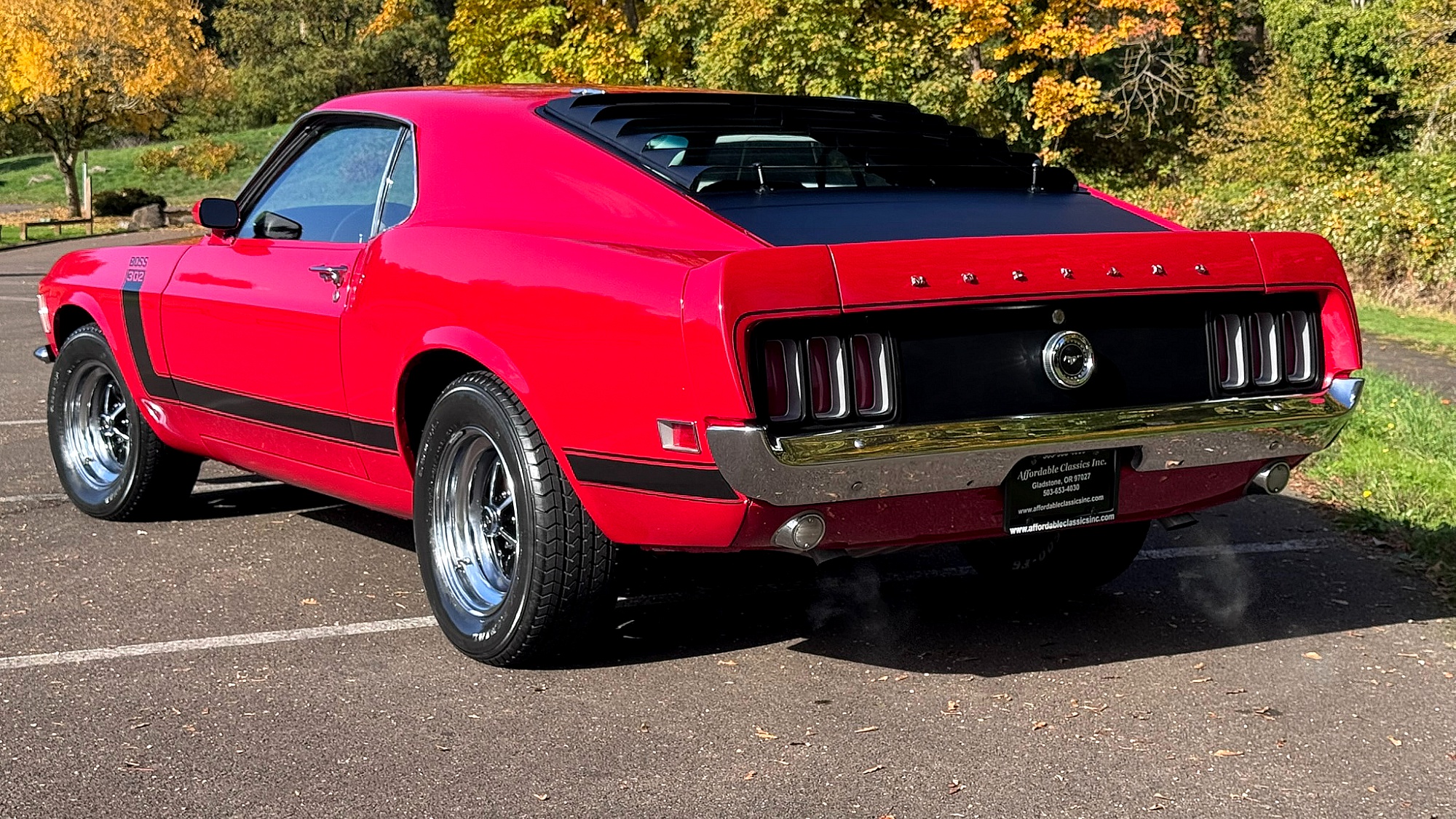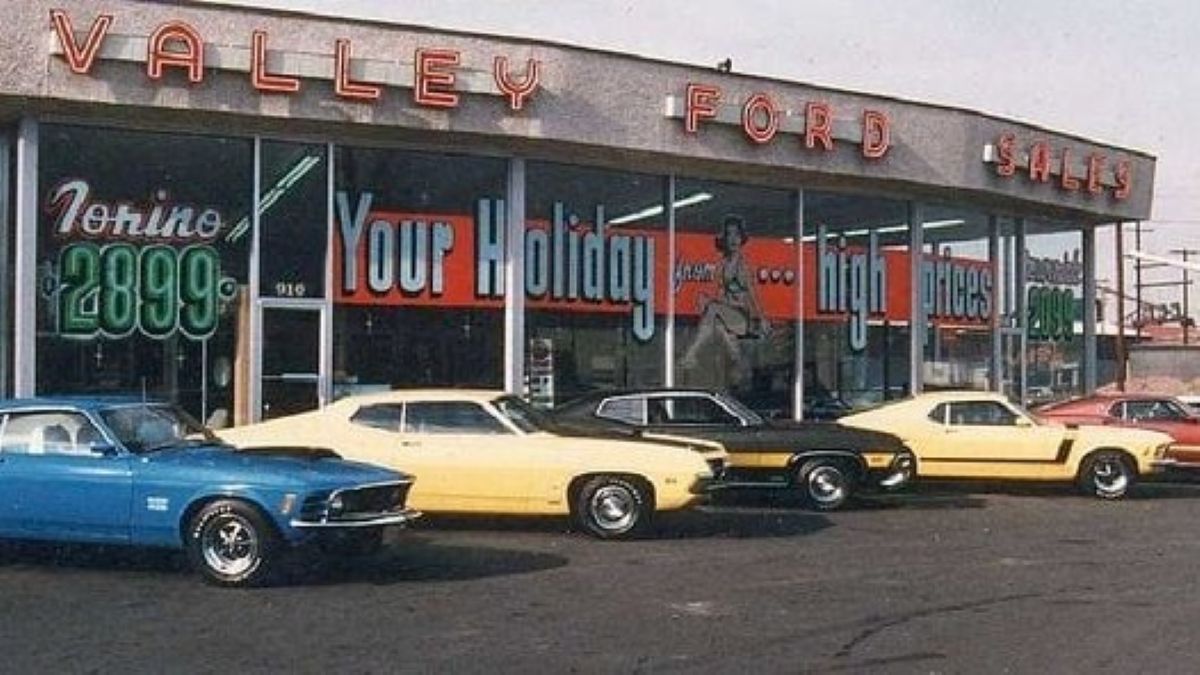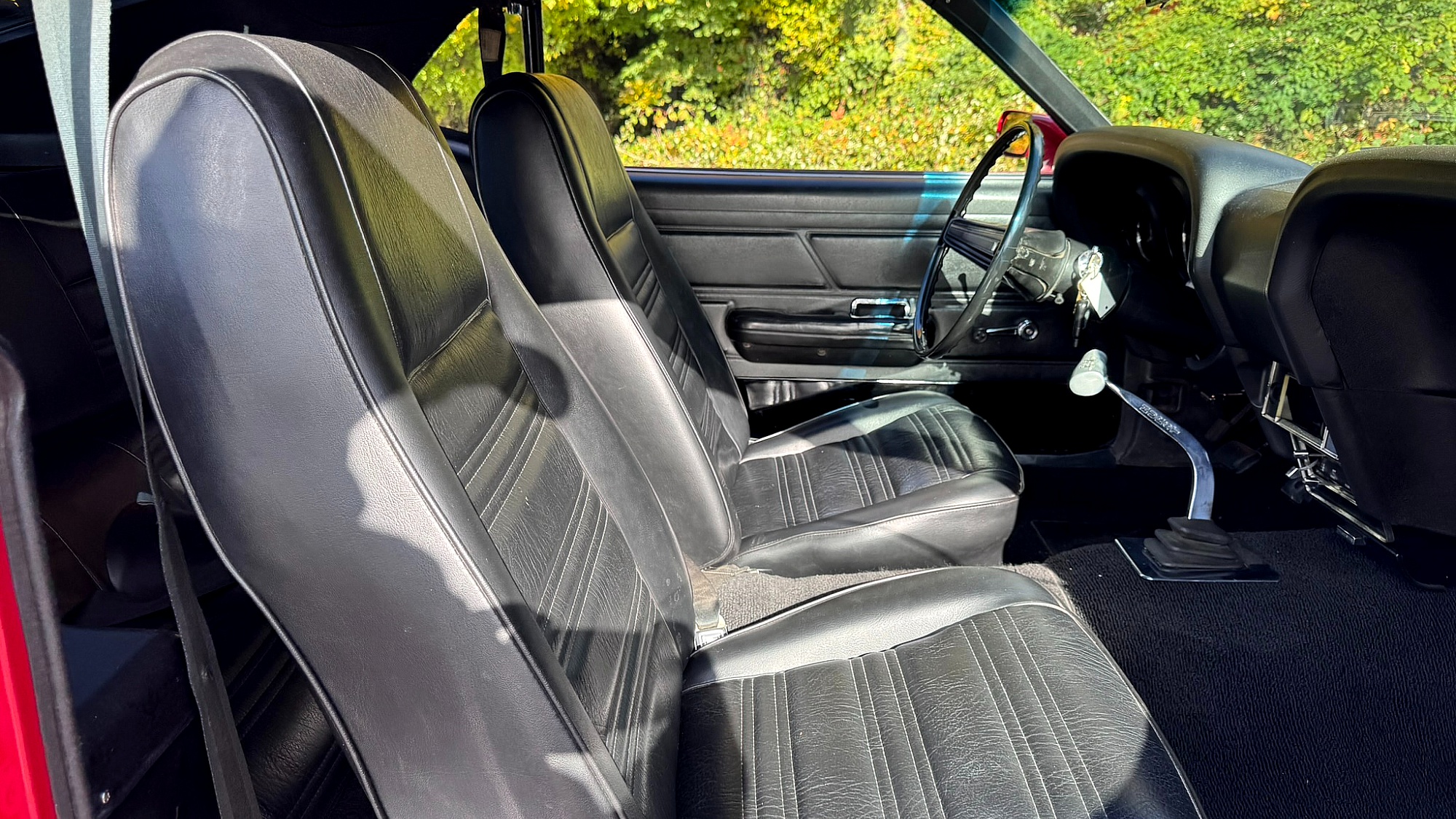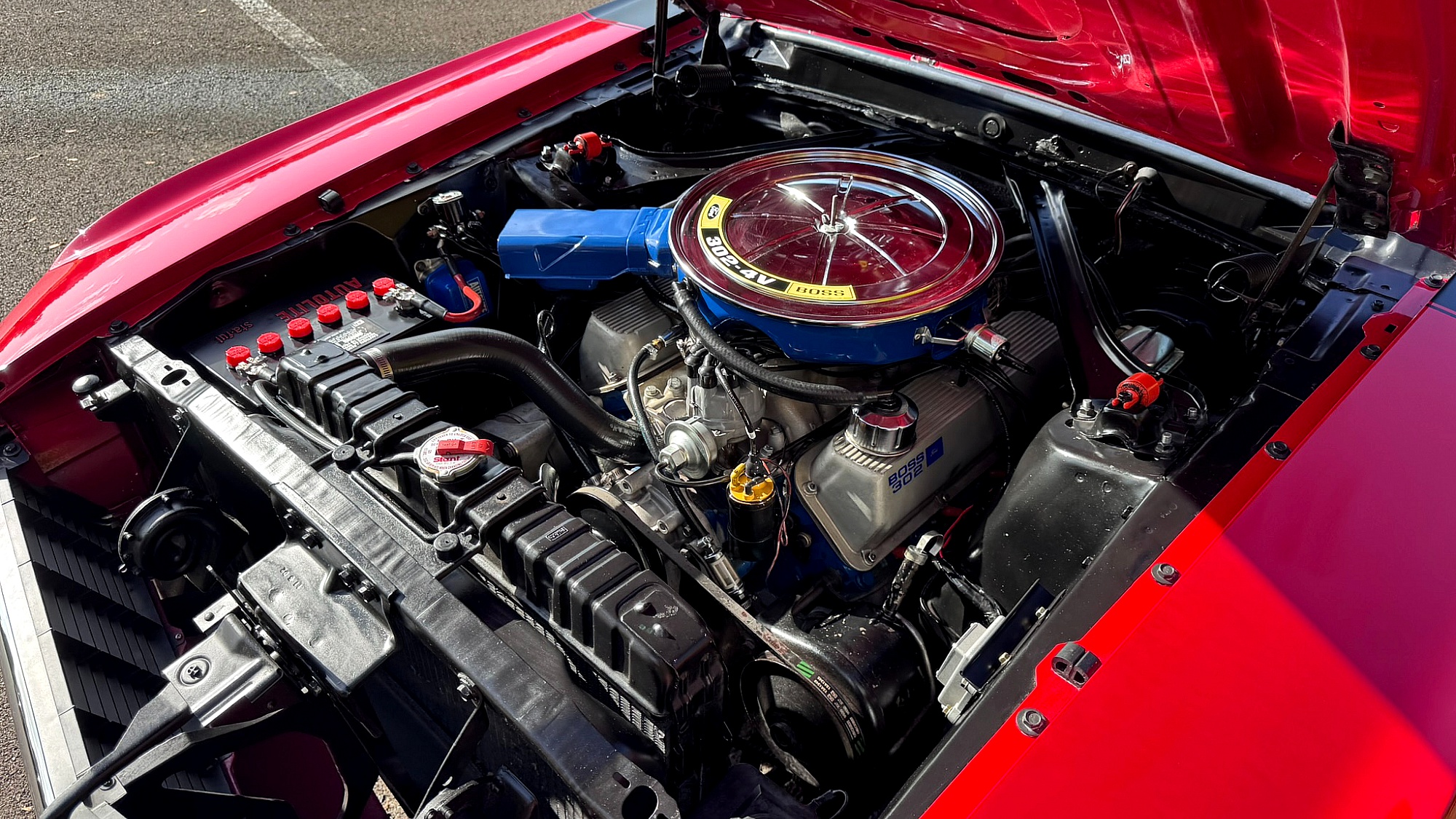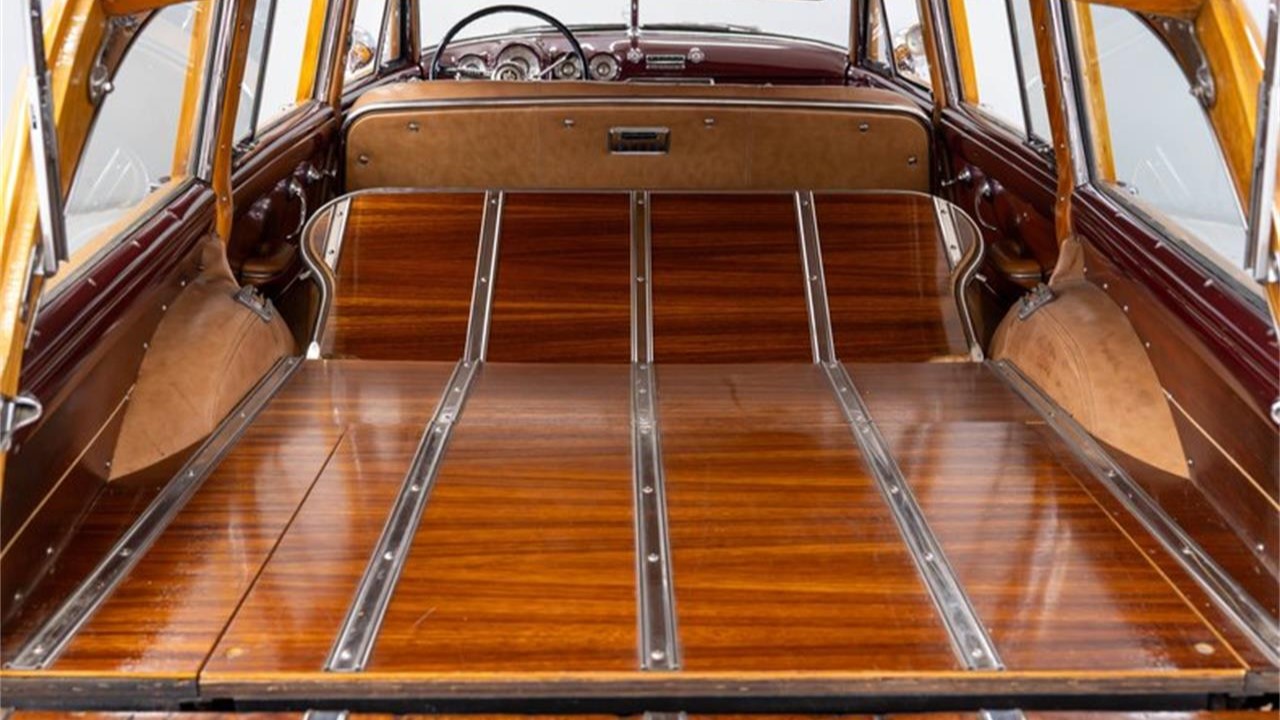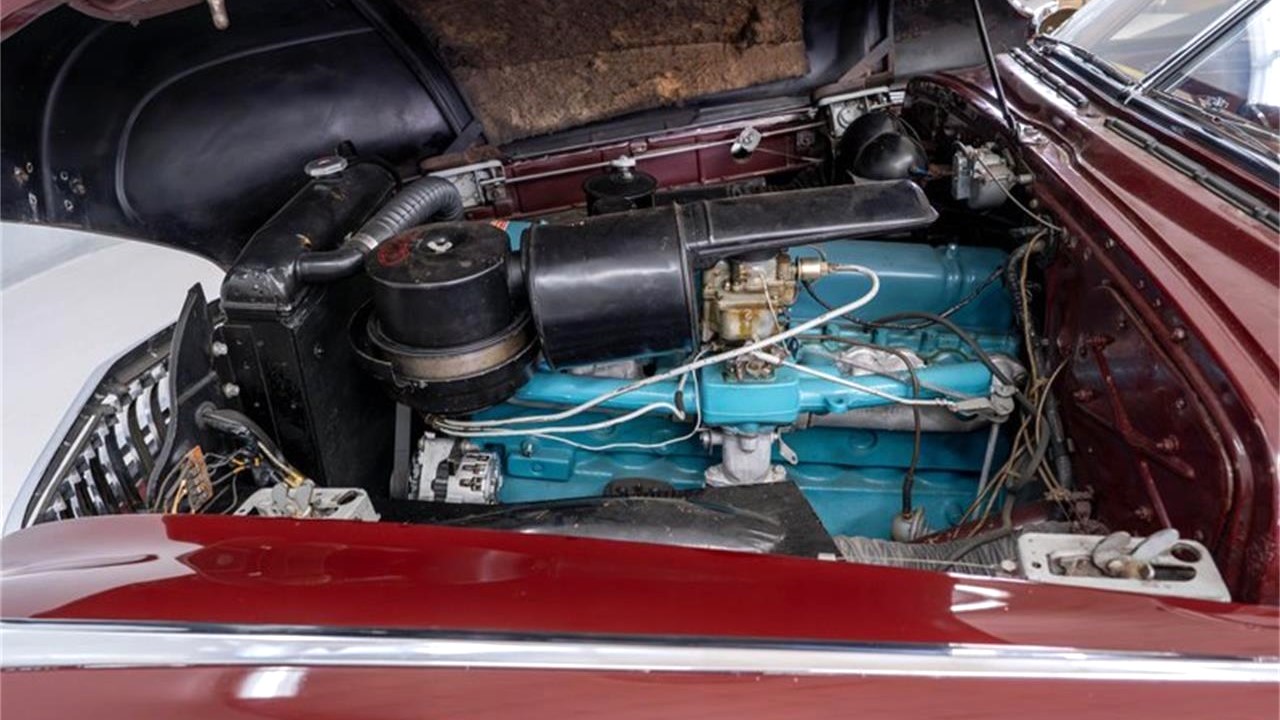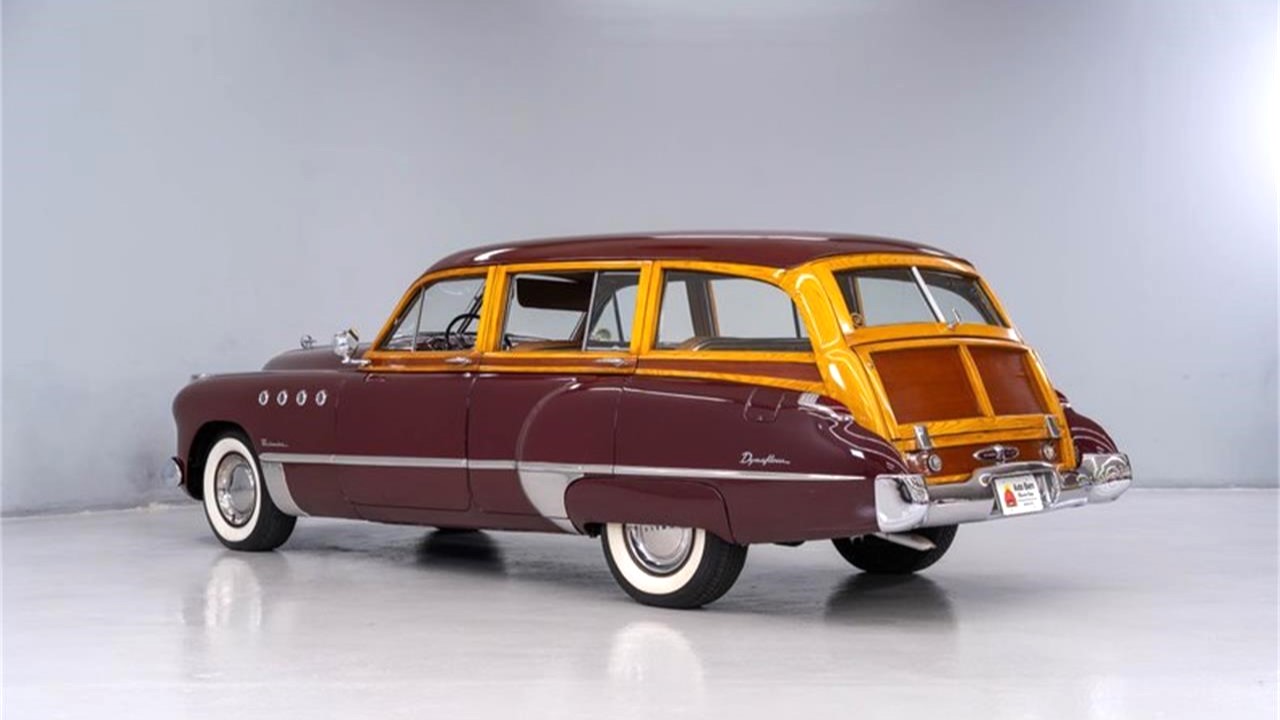In the world of classic luxury cars, there are several manufacturers that build amazing vehicles. A classic Cadillac offers the best of American luxury and Mercedes provides the best of Germany’s Teutonic quality. Both are great automakers, but there is a single manufacturer that has set the standard for price-is-no-object luxury cars: Rolls-Royce.
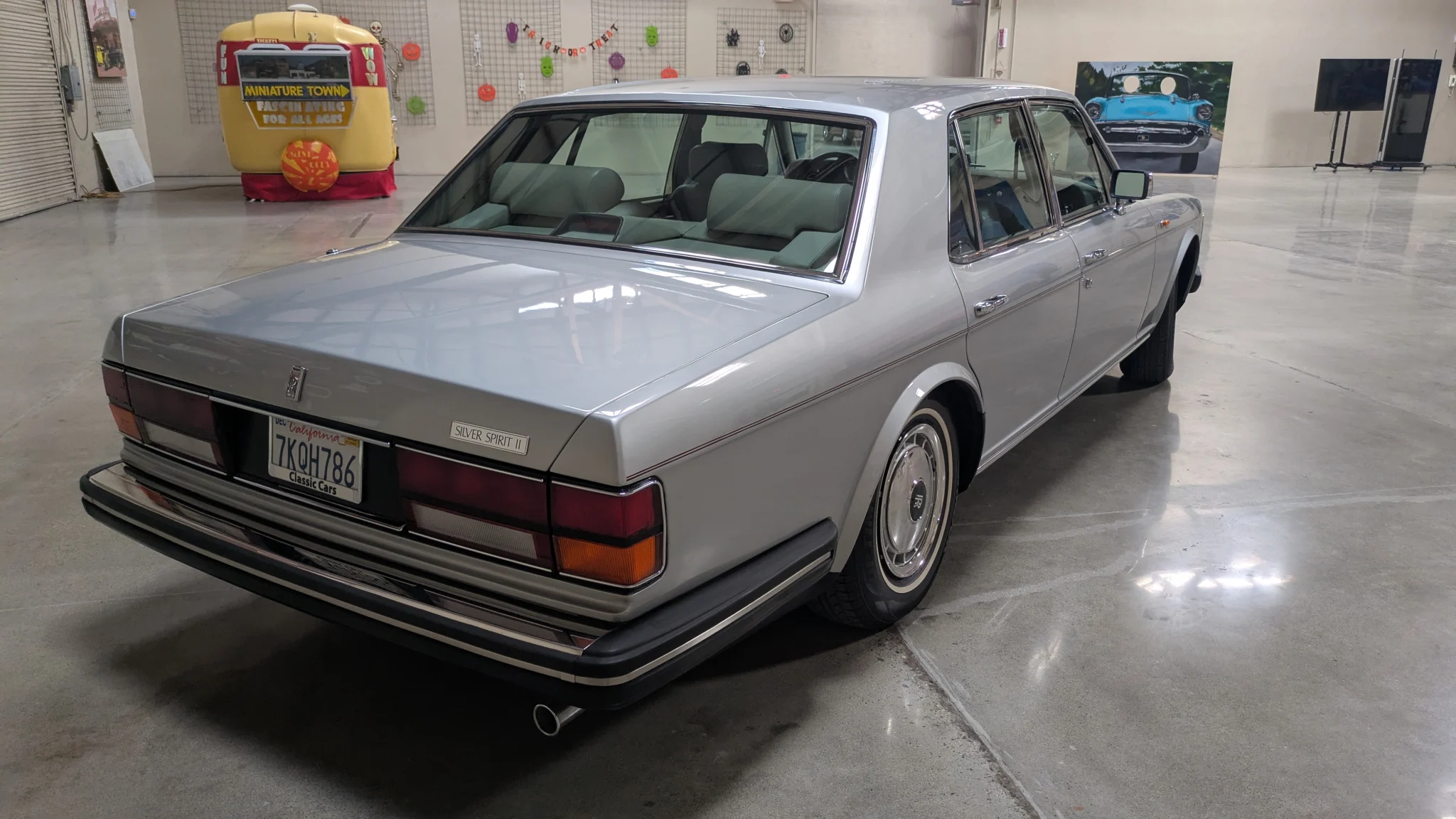
I have driven a number of Rolls-Royce motorcars, from those made in the 1920s up to the latest offerings. Each one truly represented the finest luxury available in its time. What is interesting about Rolls-Royce is that despite the fact that its cars are the most exclusive and expensive luxury vehicles of their respective eras, older ones – specifically, those that are 25-30 years old – can often be bought for very affordable prices. This is amazing for the buyer as long as (s)he understands that servicing a Rolls-Royce – even one with the price of a Toyota Camry – can be expensive. Having owned a few of these cars, I will say that the money spent to keep them in good form is well worth it. There is literally nothing that beats the experience of picking up friends or going to a valet parking stand behind the wheel of a Rolls-Royce.
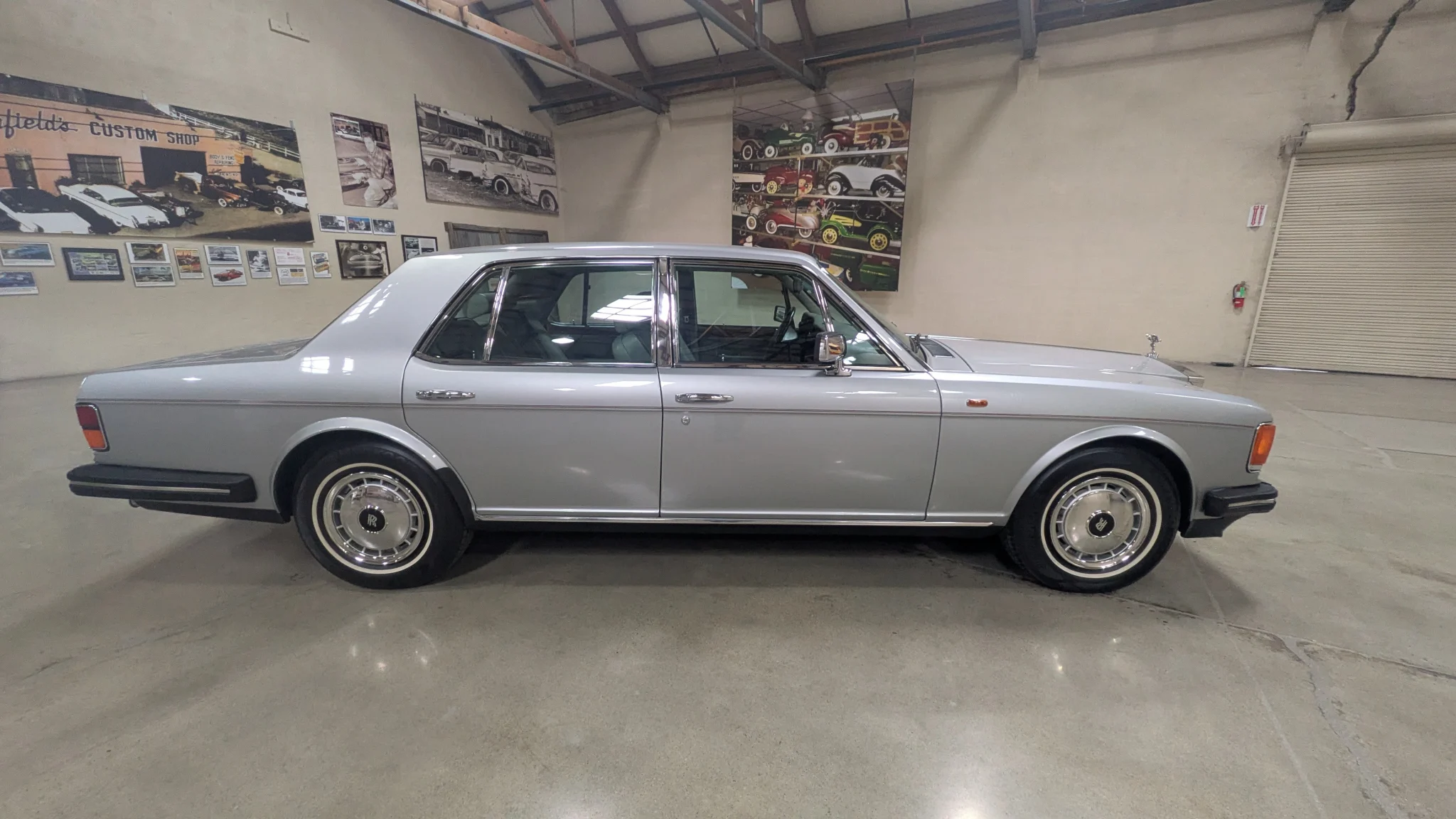
Today’s AutoHunter Spotlight is one of these cars, a 1990 Rolls-Royce Silver Spirit II.
The seller describes this Silver Spirit II as one of only 575 built in 1990. It has covered a total of 30K miles from new and appears to be in excellent condition.
This Rolls is powered by a fuel-injected 6.75-liter V8 mated to a three-speed TH400 automatic transmission. The car is finished in Silver Metallic over a gray leather interior, and is offered by the selling dealer with spare rear footrests, floor mats, a battery tender, a clean AutoCheck report, and a clear title.
Based on the fact that this Rolls has had only three owners since 1990 and has covered so few miles, I am guessing that the paint is largely original. The car rides on its original 15-inch wheels and a set of 235/75 Hankook Optimo tires.
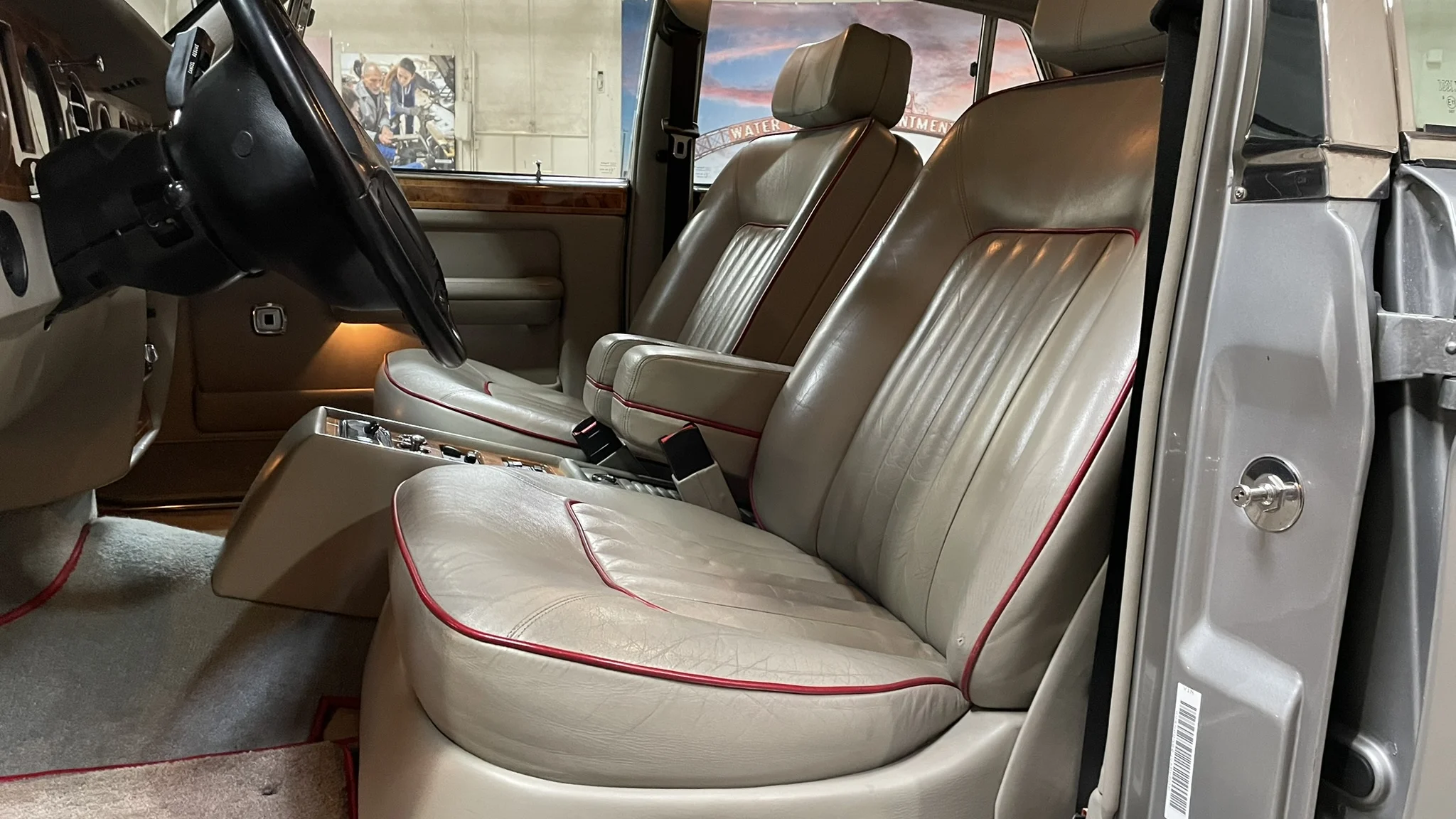
The interior of this Silver Spirit features the original gray Connolly leather with red piping, and looks to be in exceptional condition. The same is true for the burl walnut veneer trim, with no cracks to be seen anywhere. This is one of the best Rolls-Royce Silver Spirit IIs I have seen in years. Also note that this car also includes its sheepskin floor mats, something often missing from these cars.
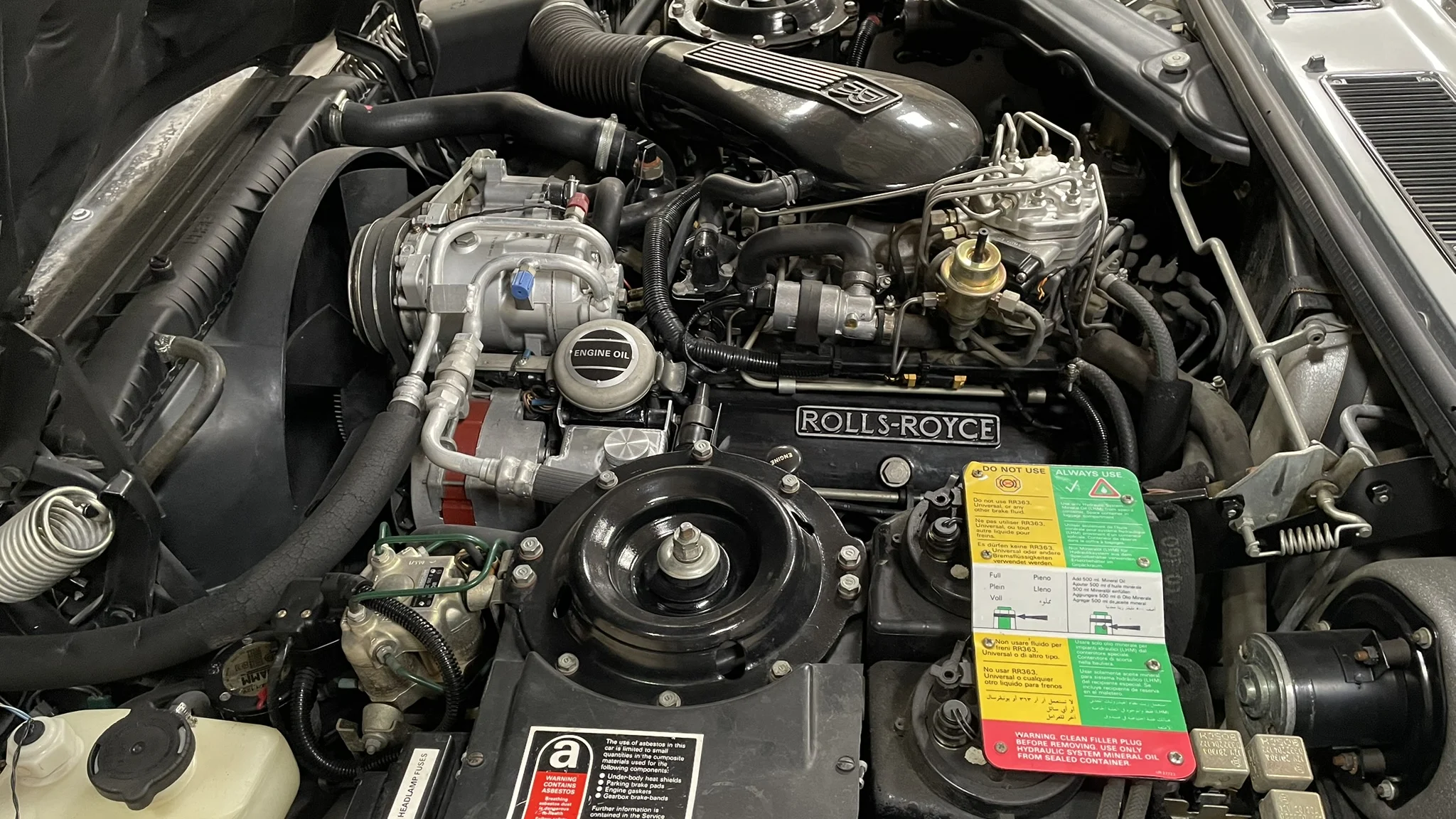
Under the hood is the legendary 6.75-liter Rolls-Royce V8, looking almost as clean as it did when it left the factory. The entire engine compartment looks absolutely perfect and ready to be shown at the Rolls-Royce Owners’ Club’s national convention.
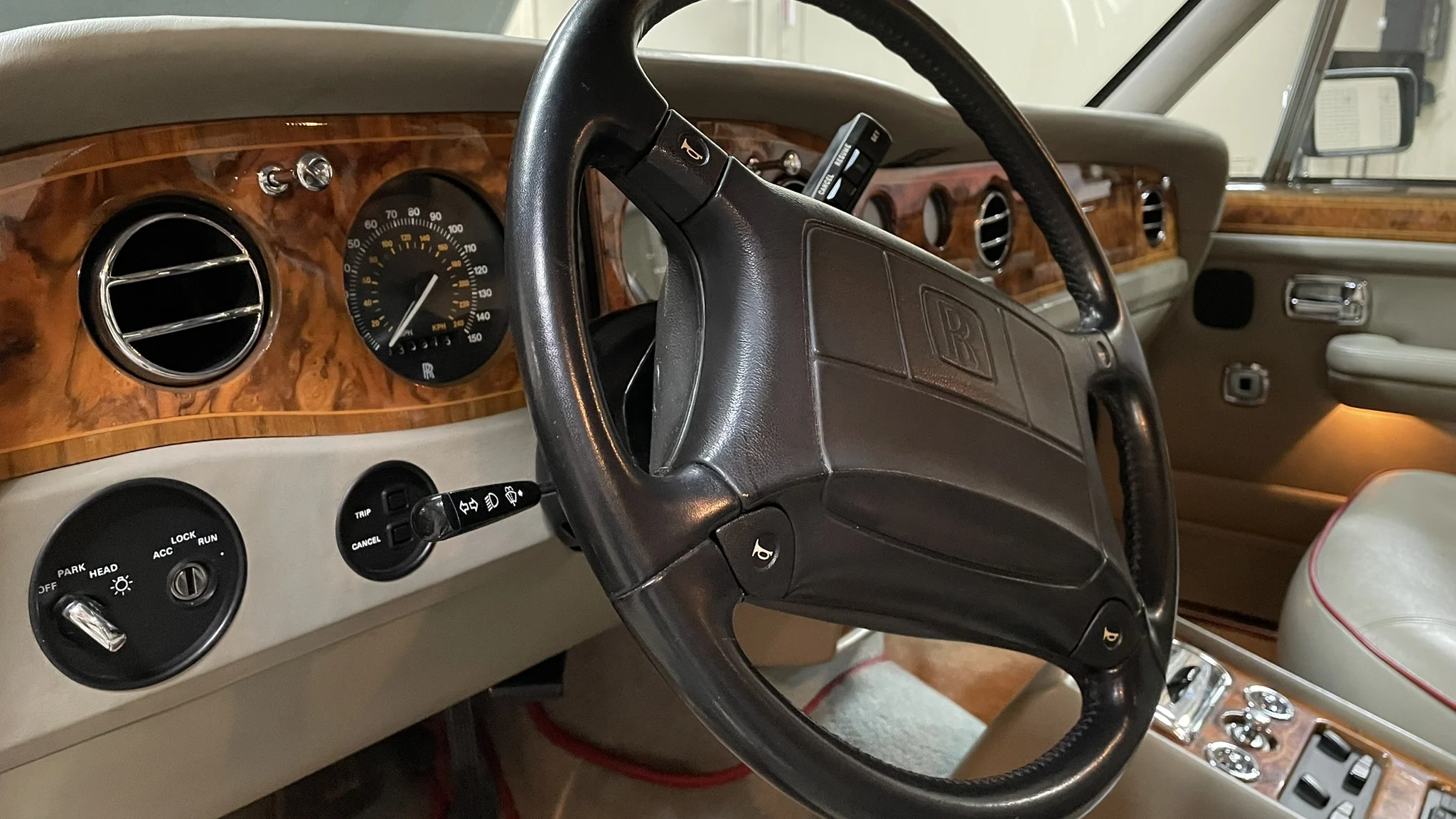
As someone who has owned Rolls-Royces from this era, I would ask the seller for the service history and any documentation for it. (S)he states in the listing that the car needs rear struts but that they are going to be replaced. Beyond that, try to get an inspection done. I am guessing everything is working as it should be, but it’s best to be sure as servicing a Rolls is an expensive proposition.
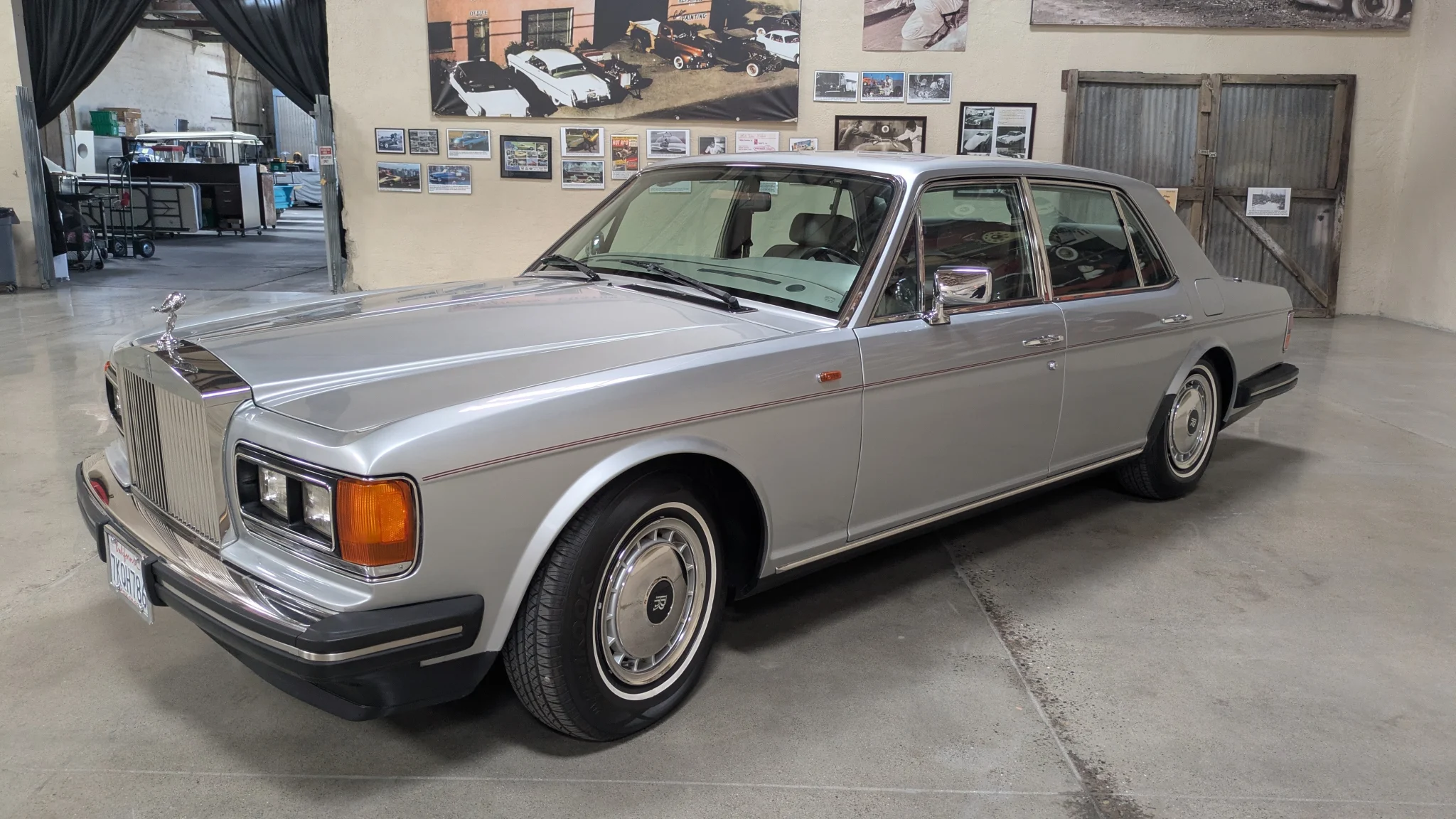
The feeling you get in one of these cars is amazing. No matter how poorly your day might have gone, when you sit behind the wheel of a Rolls like this one and see the Spirit of Ecstasy above the stunning grille, you know everything is going to be alright. If you are interested in this 1990 Rolls-Royce Silver Spirit II, you had better act fast because cars this nice are proving to be harder and harder to find. Do not miss out on the opportunity to own a Rolls-Royce as nice as this one. Place your bid before the auction ends on Monday, December 1, 2025, at 11:45 a.m. (MST).
Visit the AutoHunter listing for more information and a photo gallery

